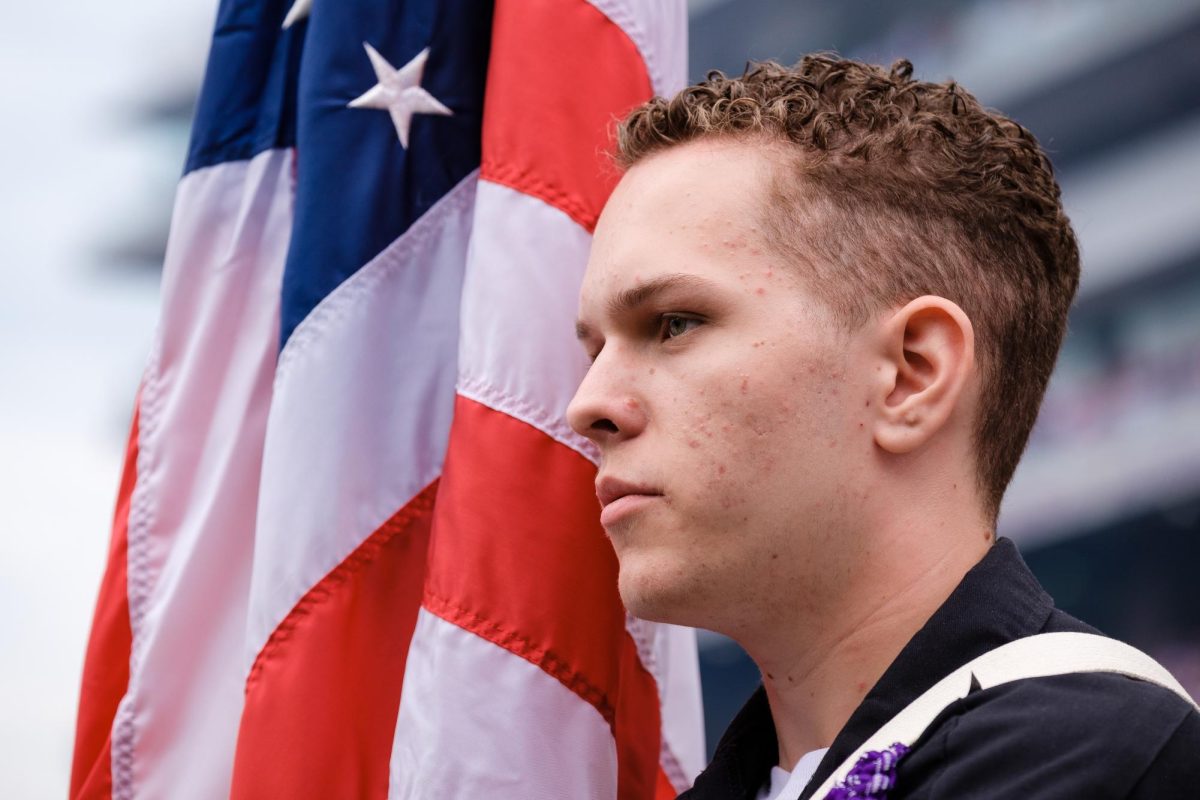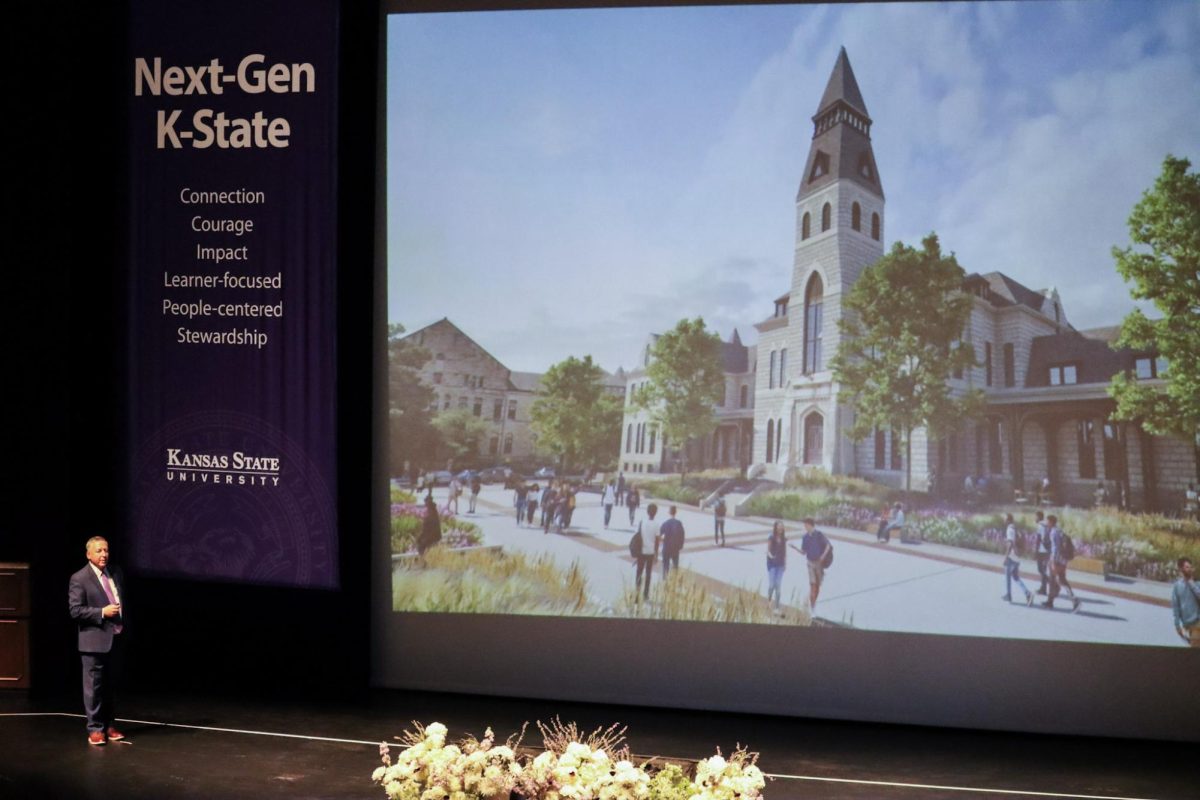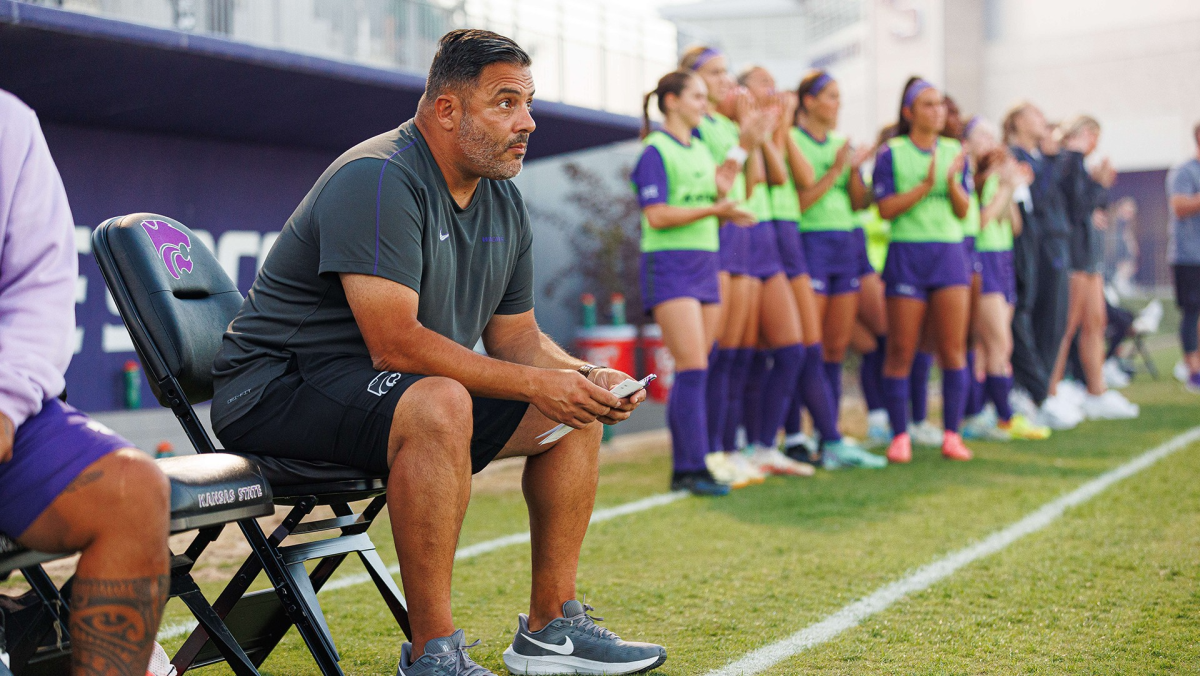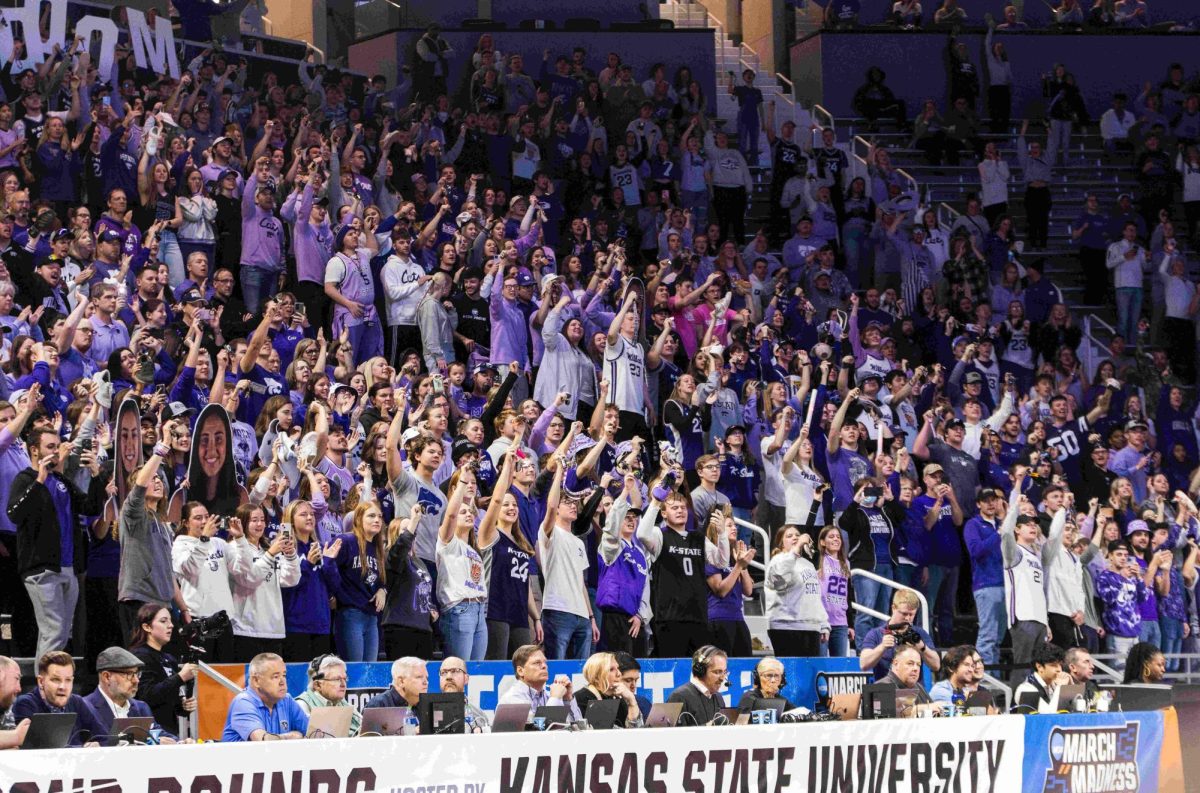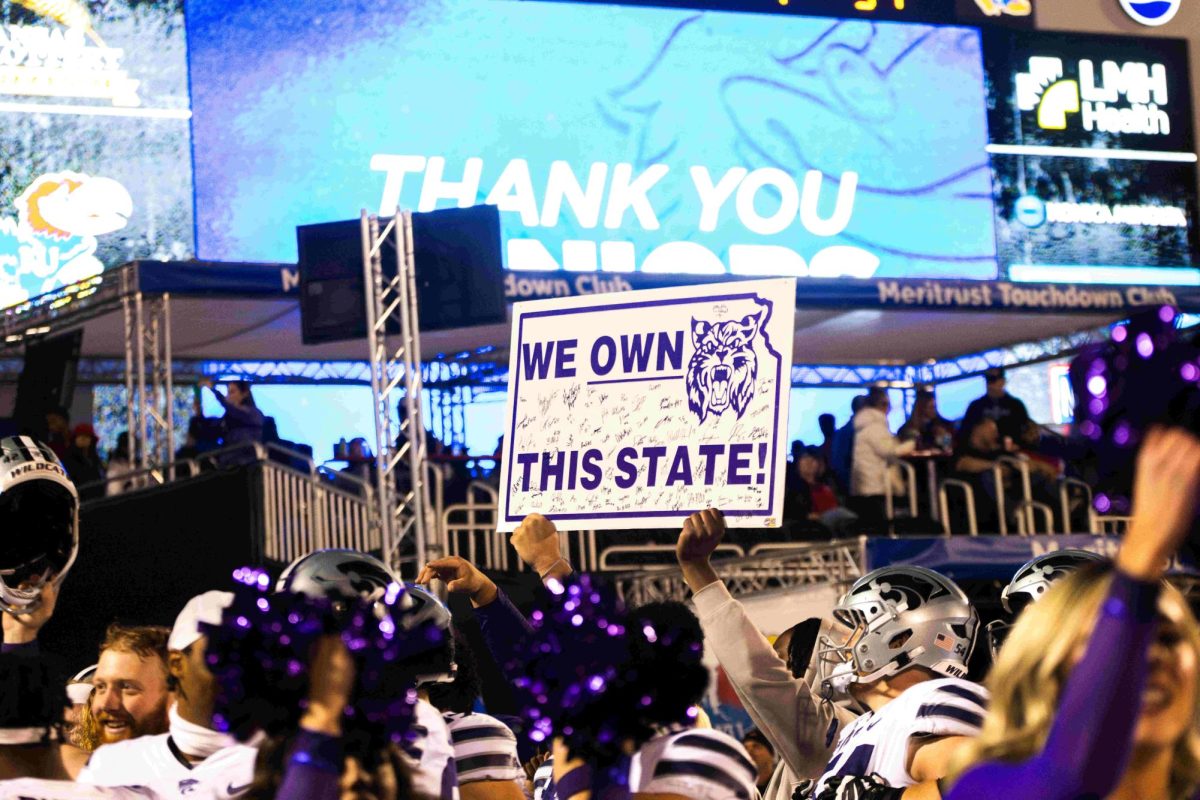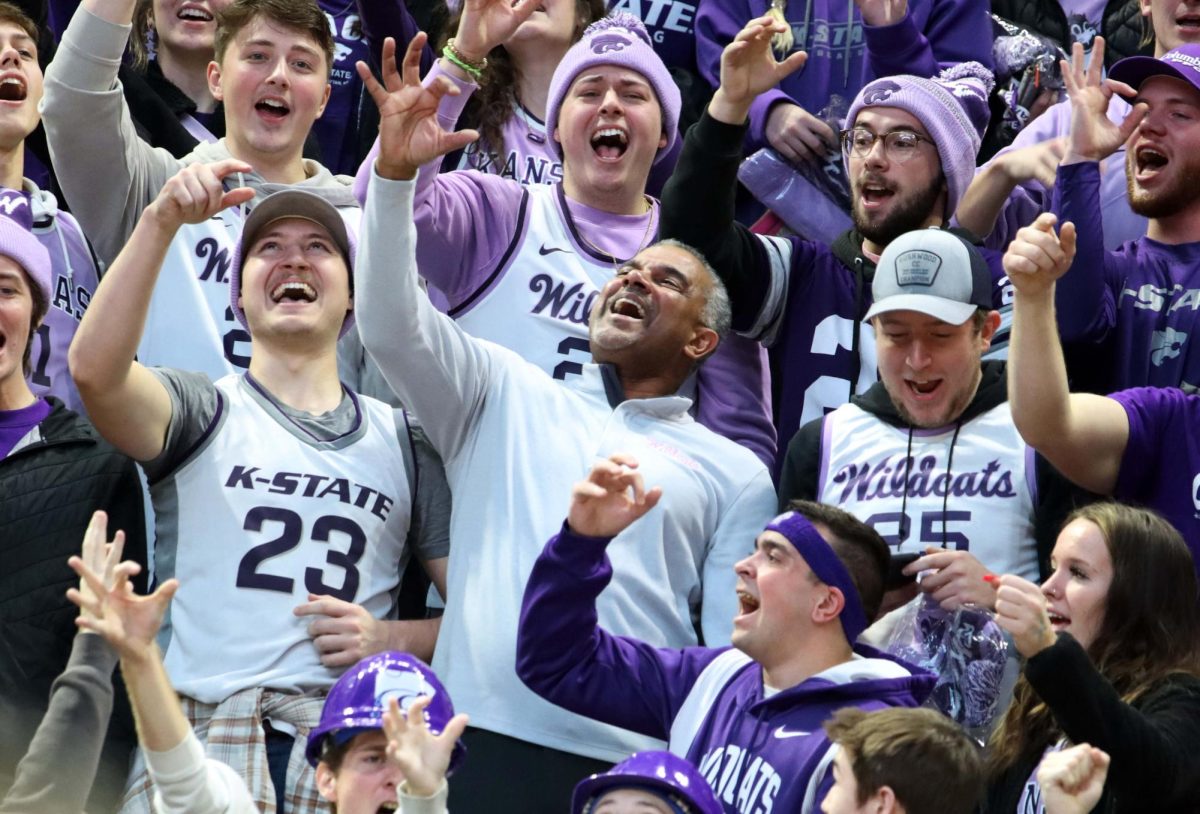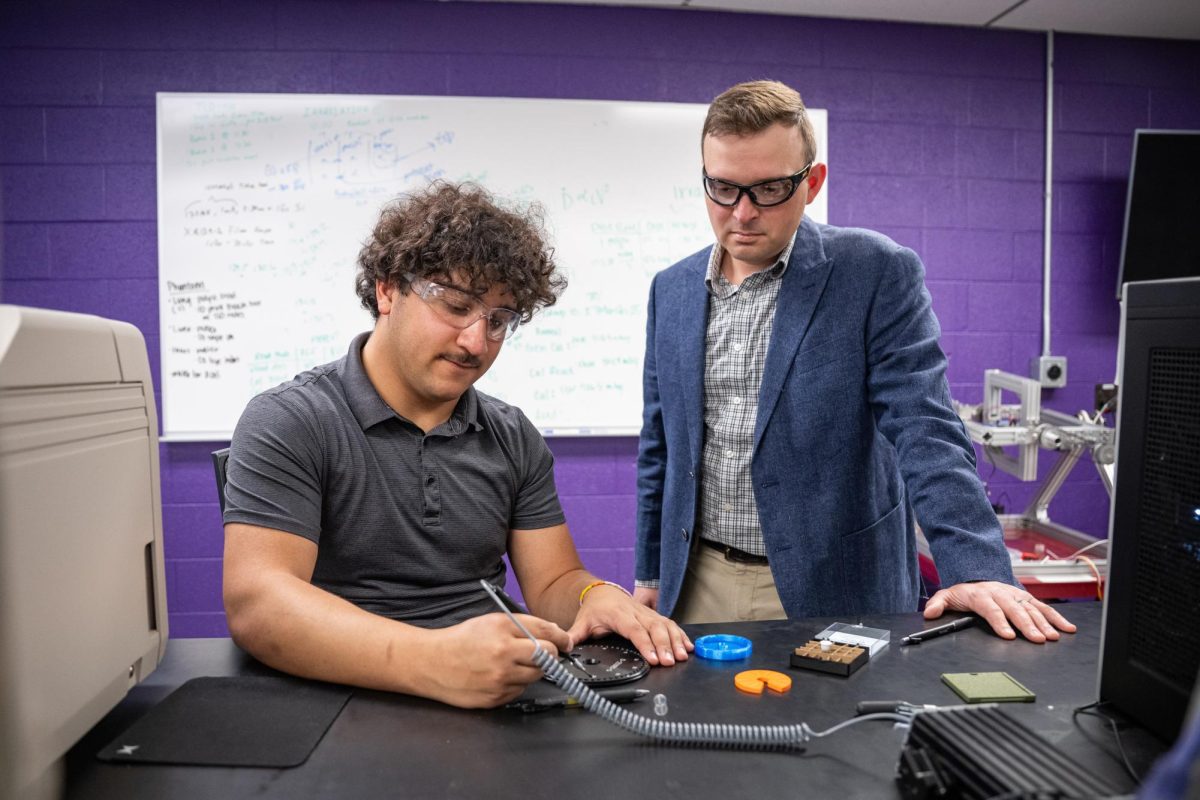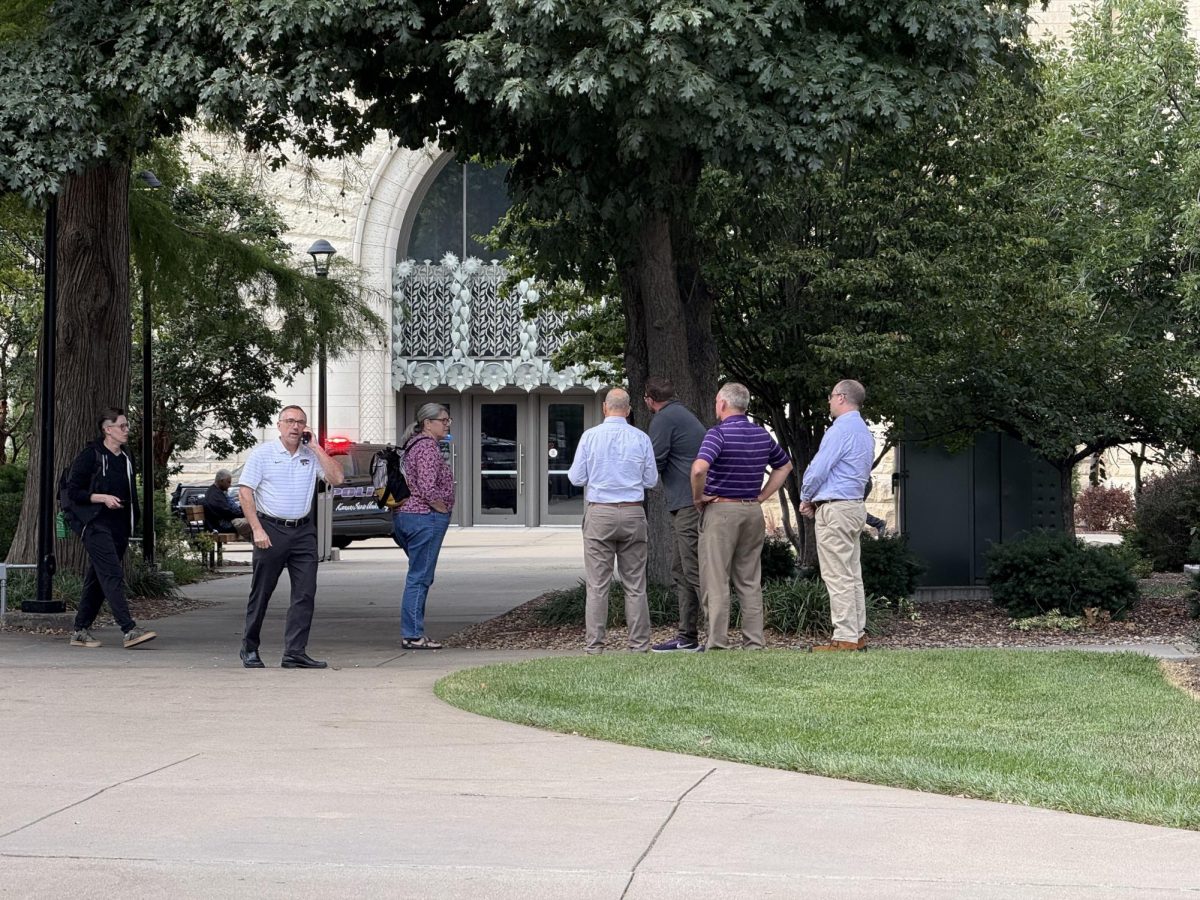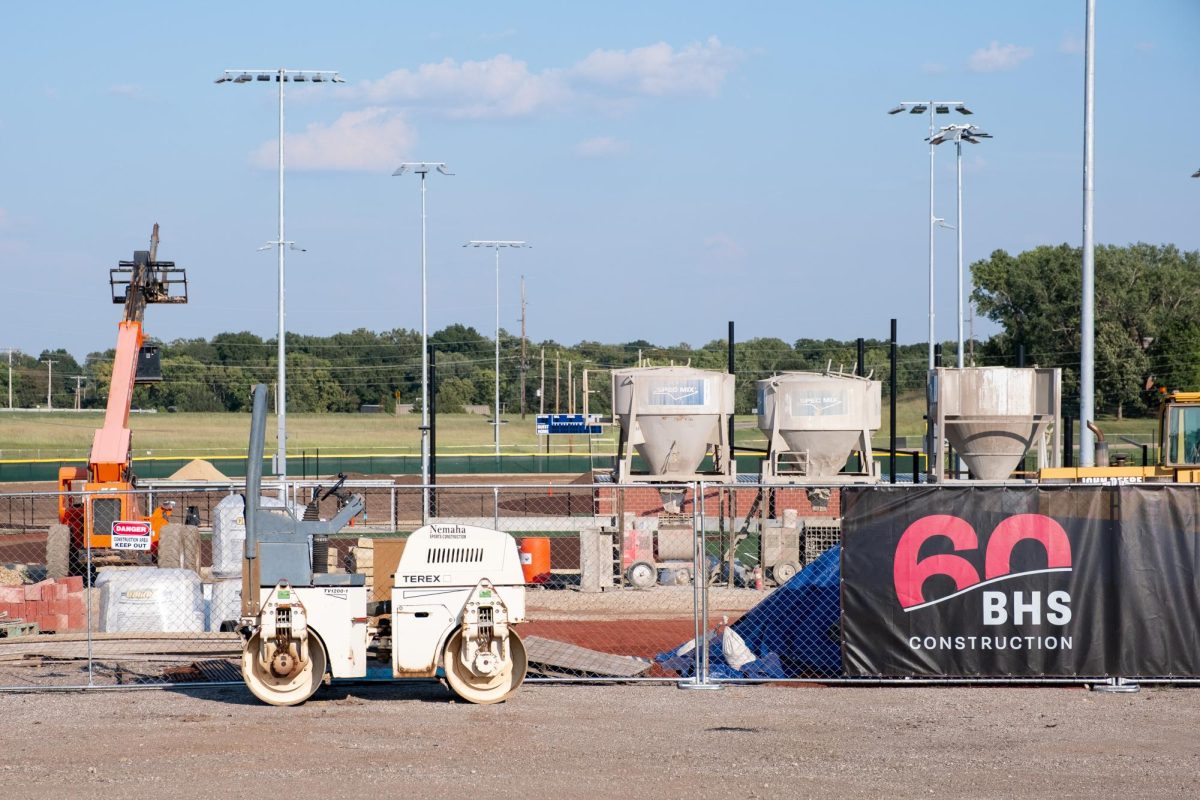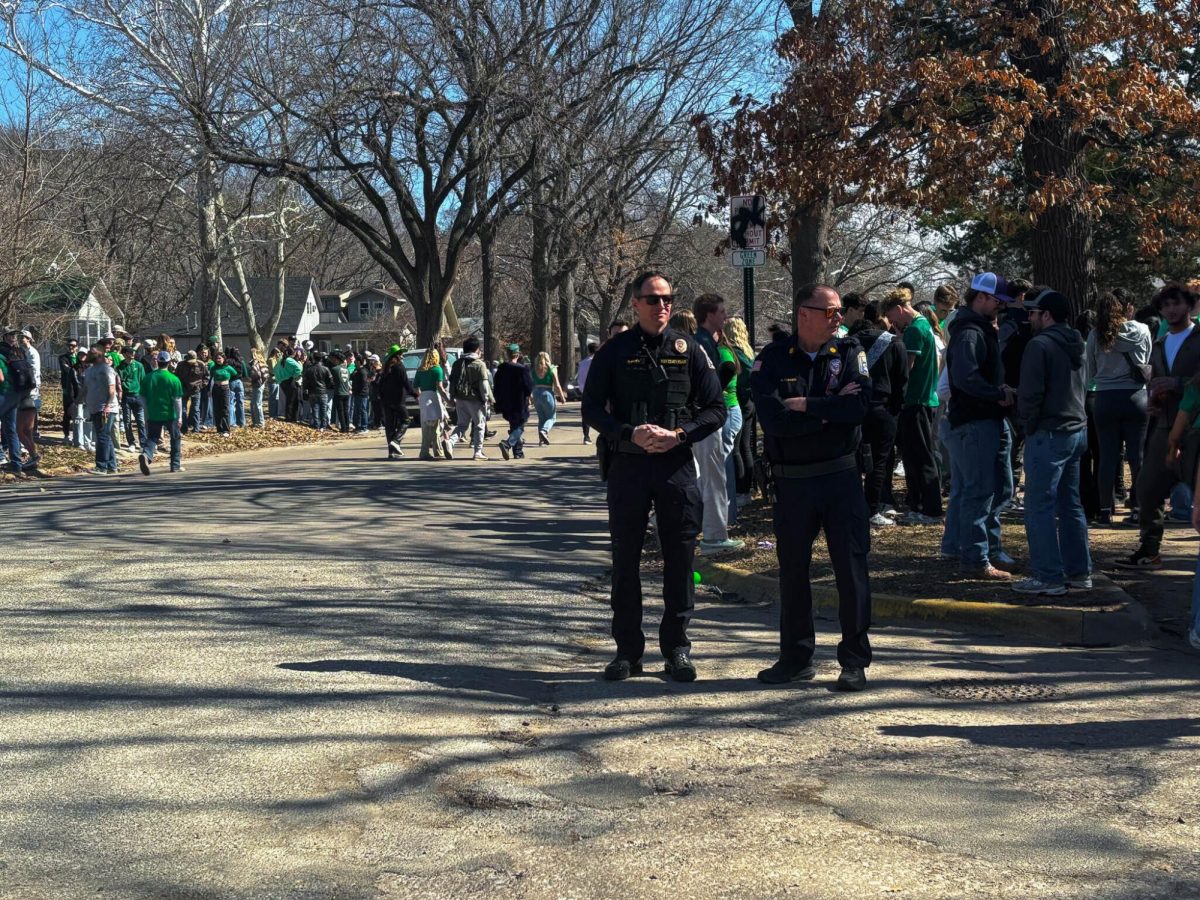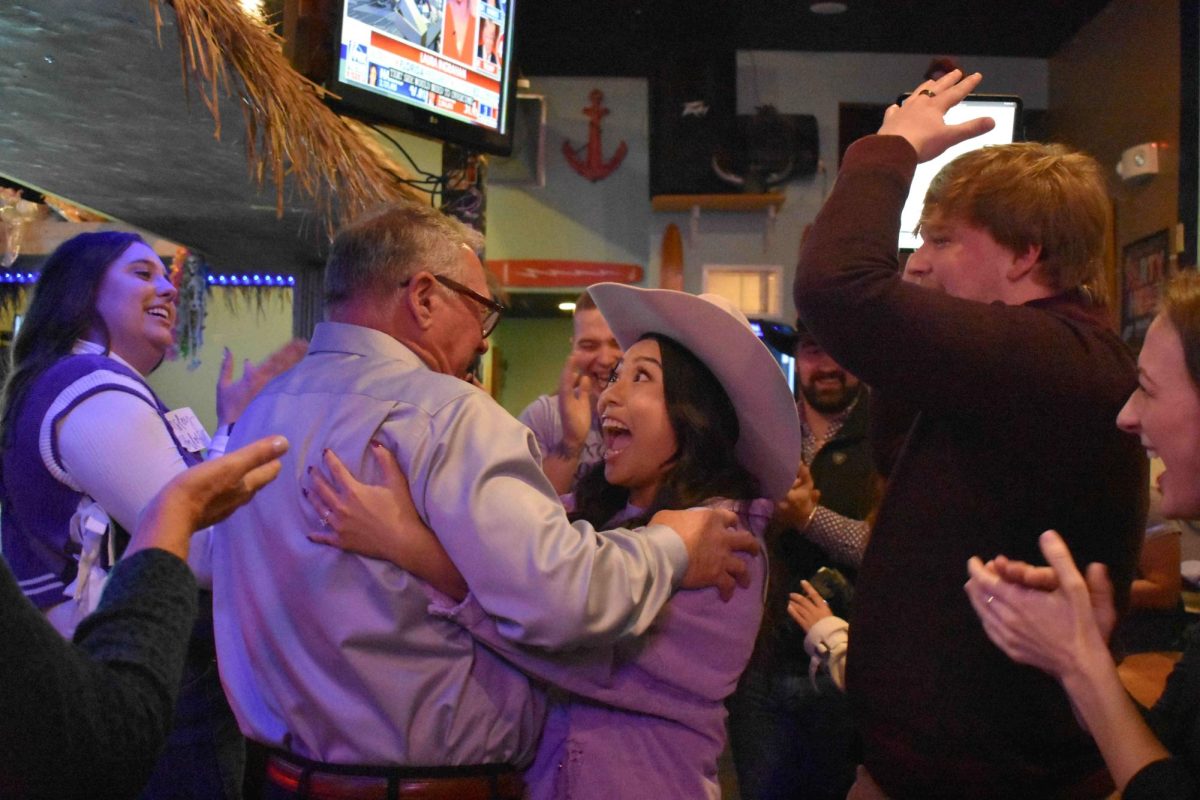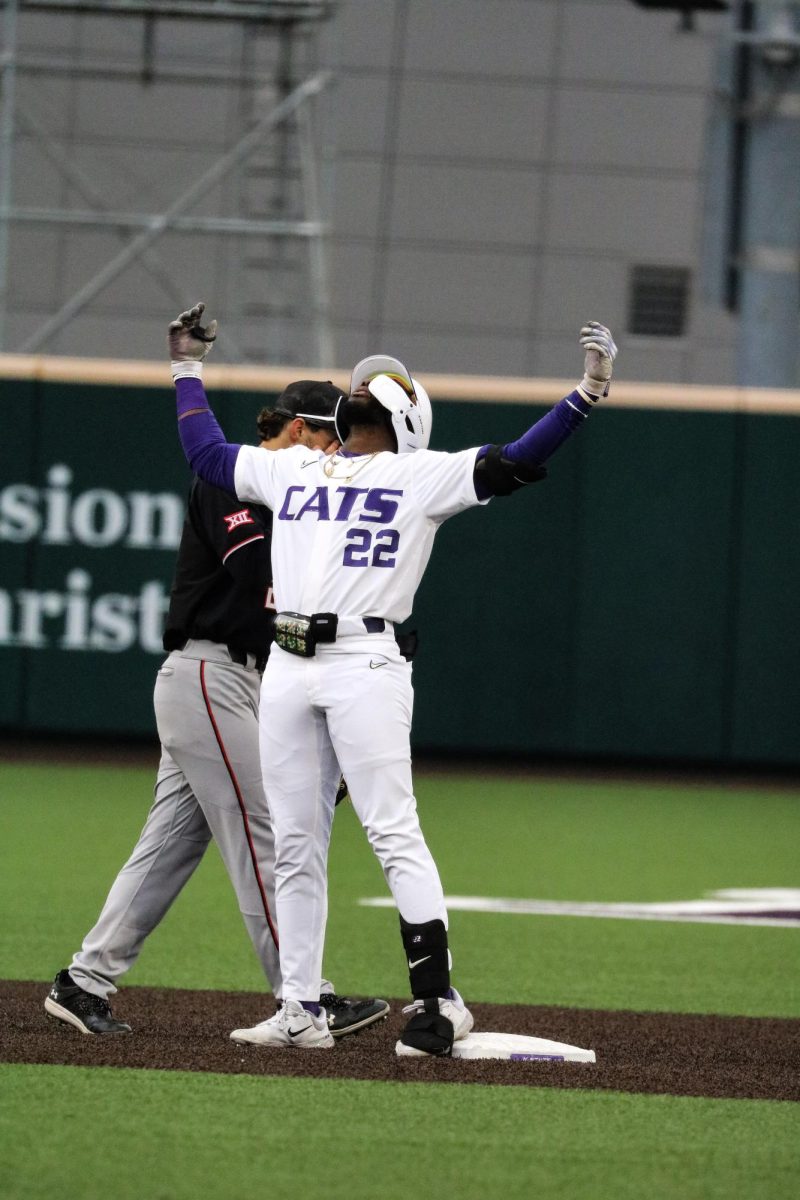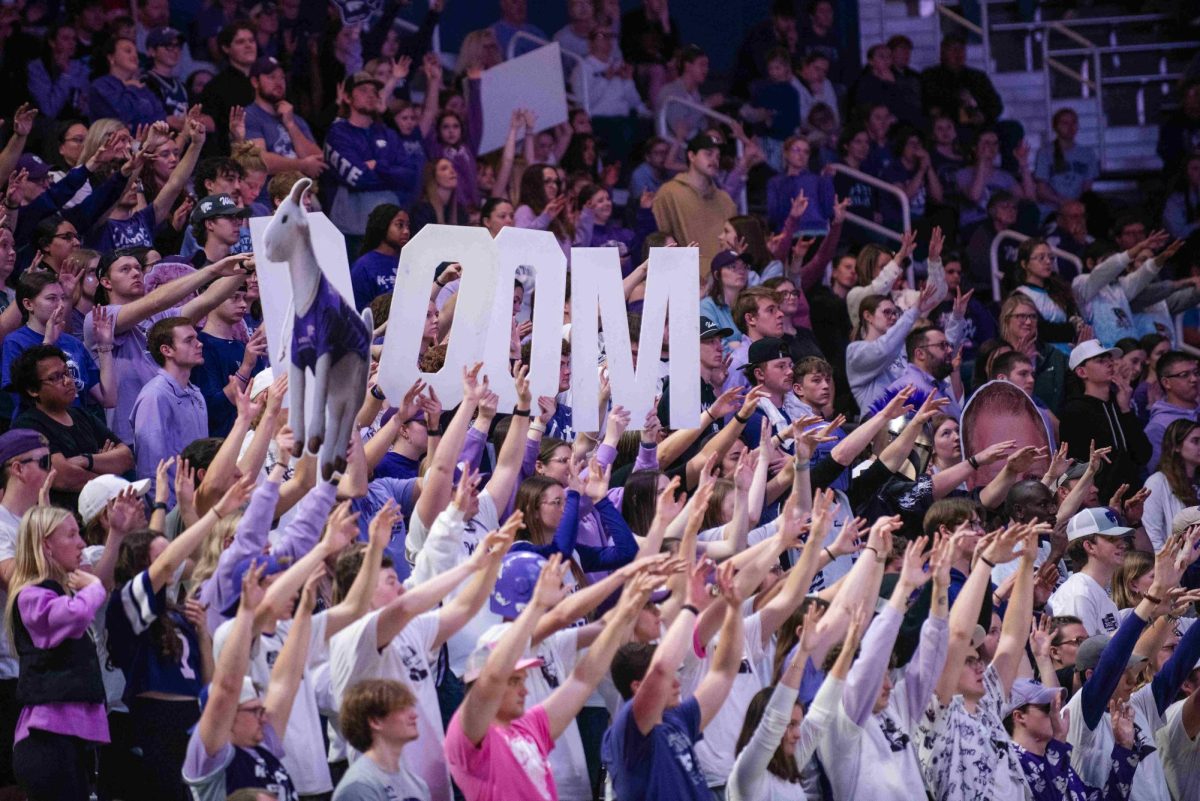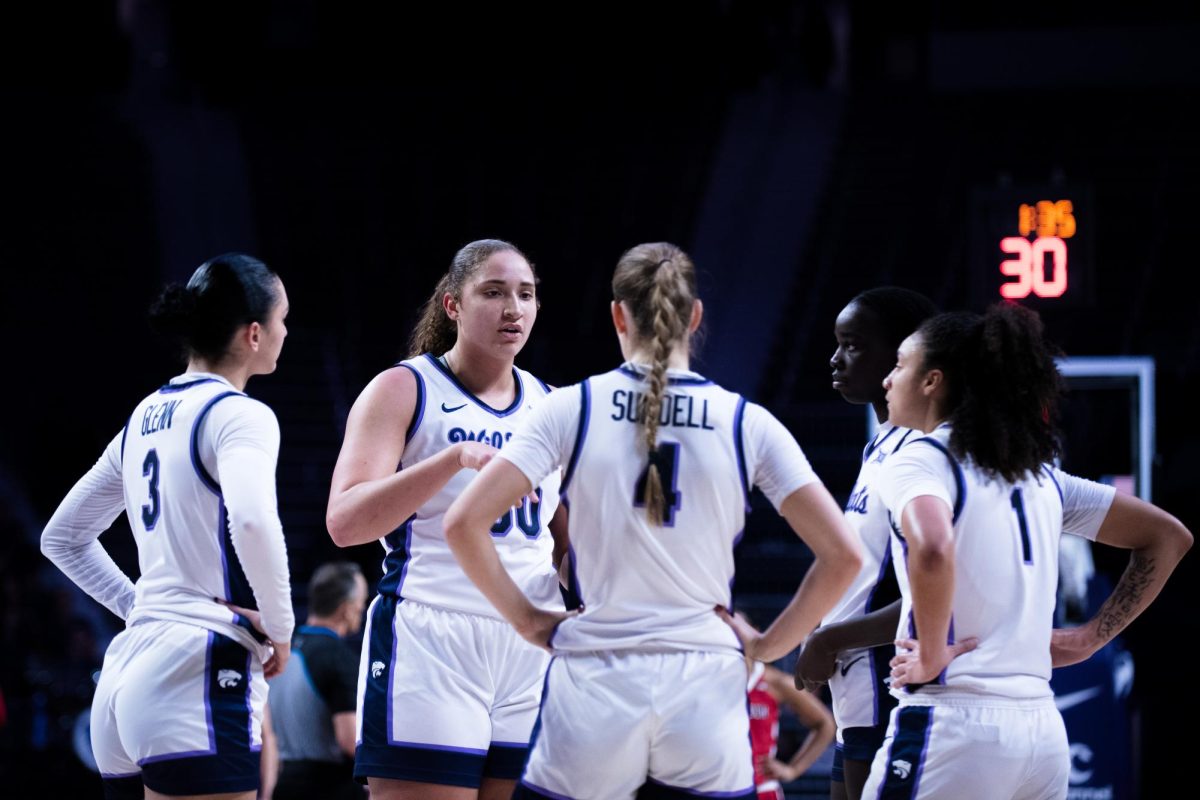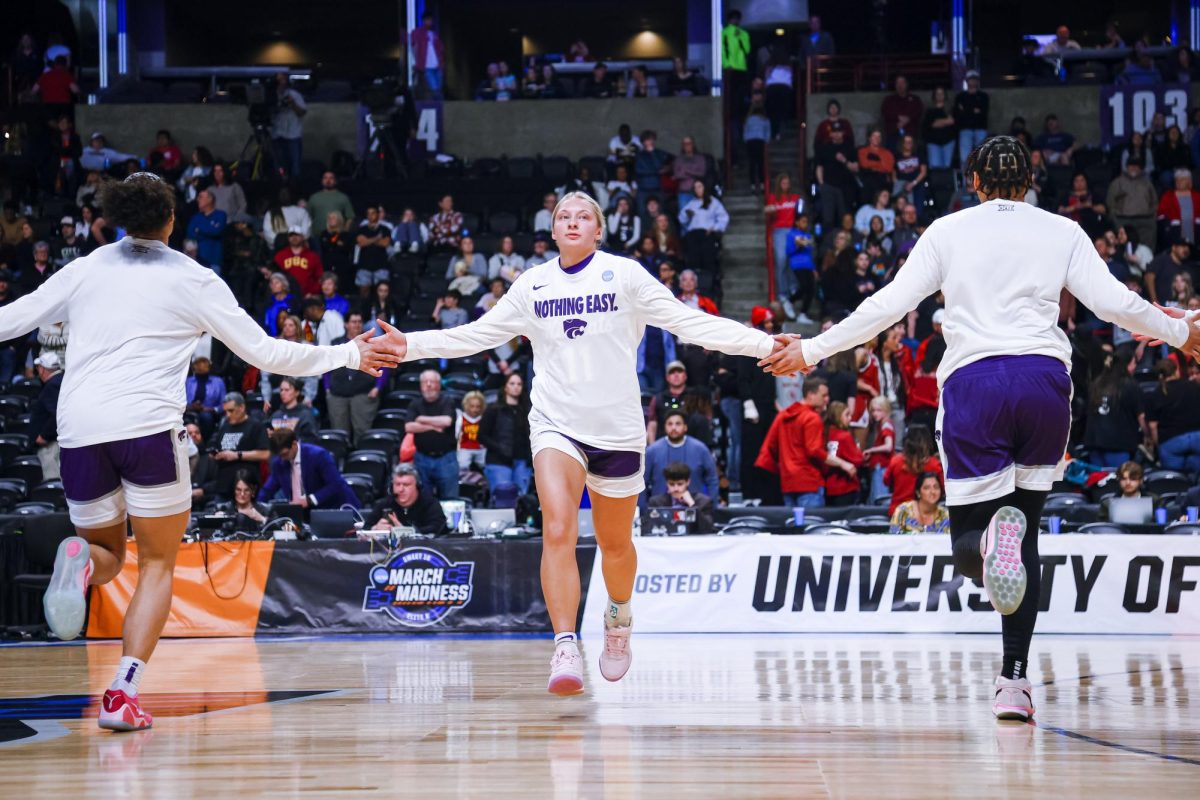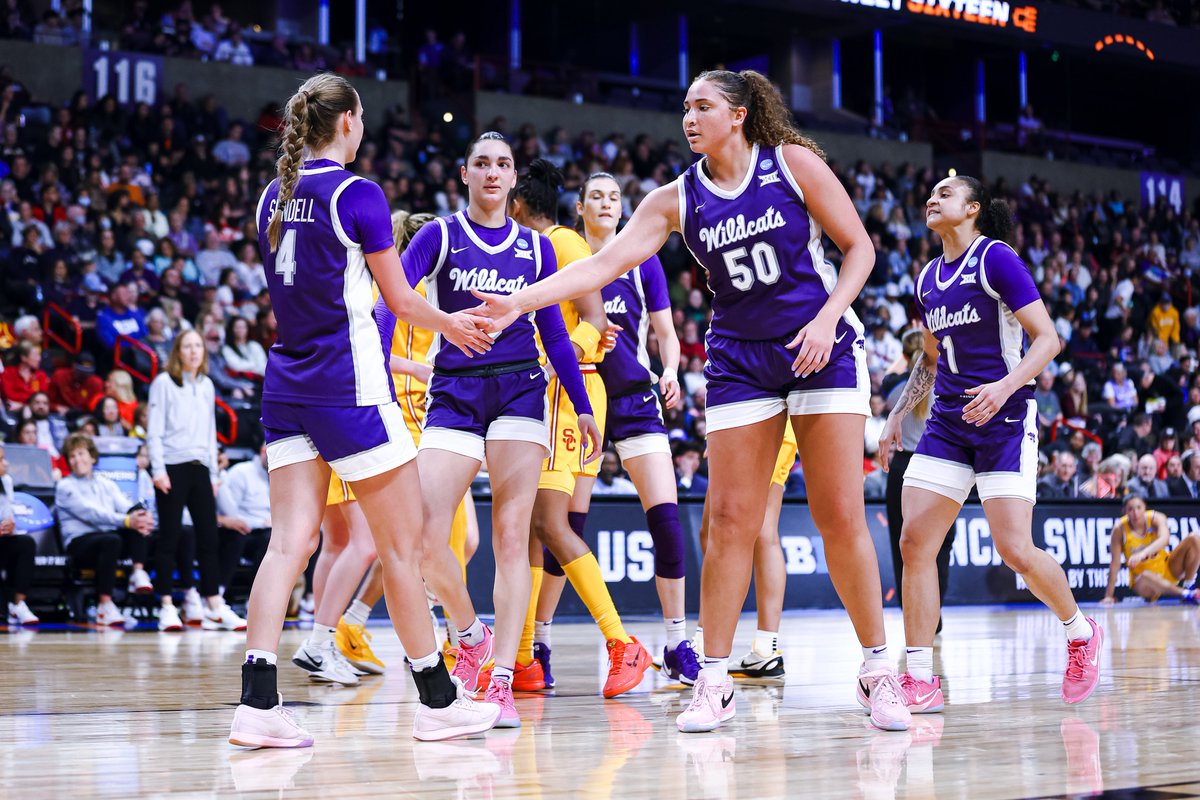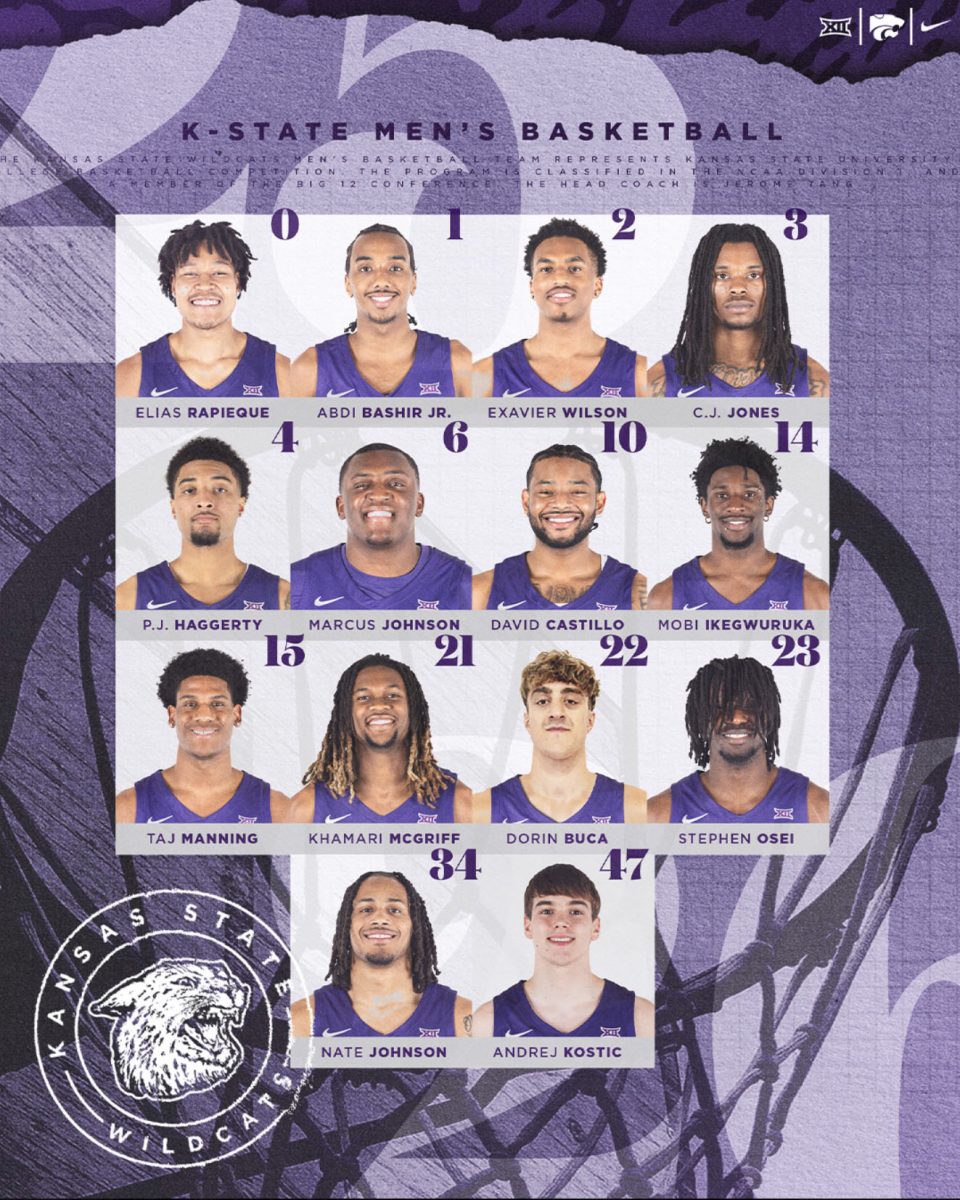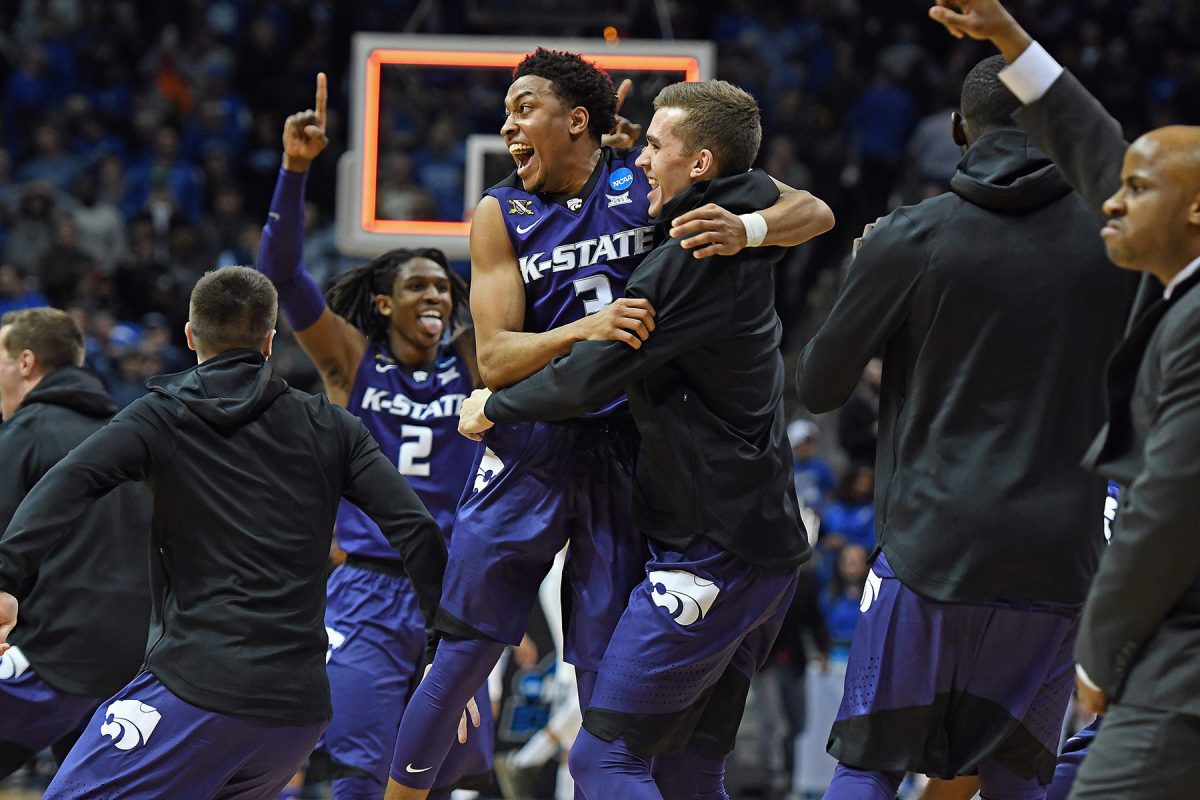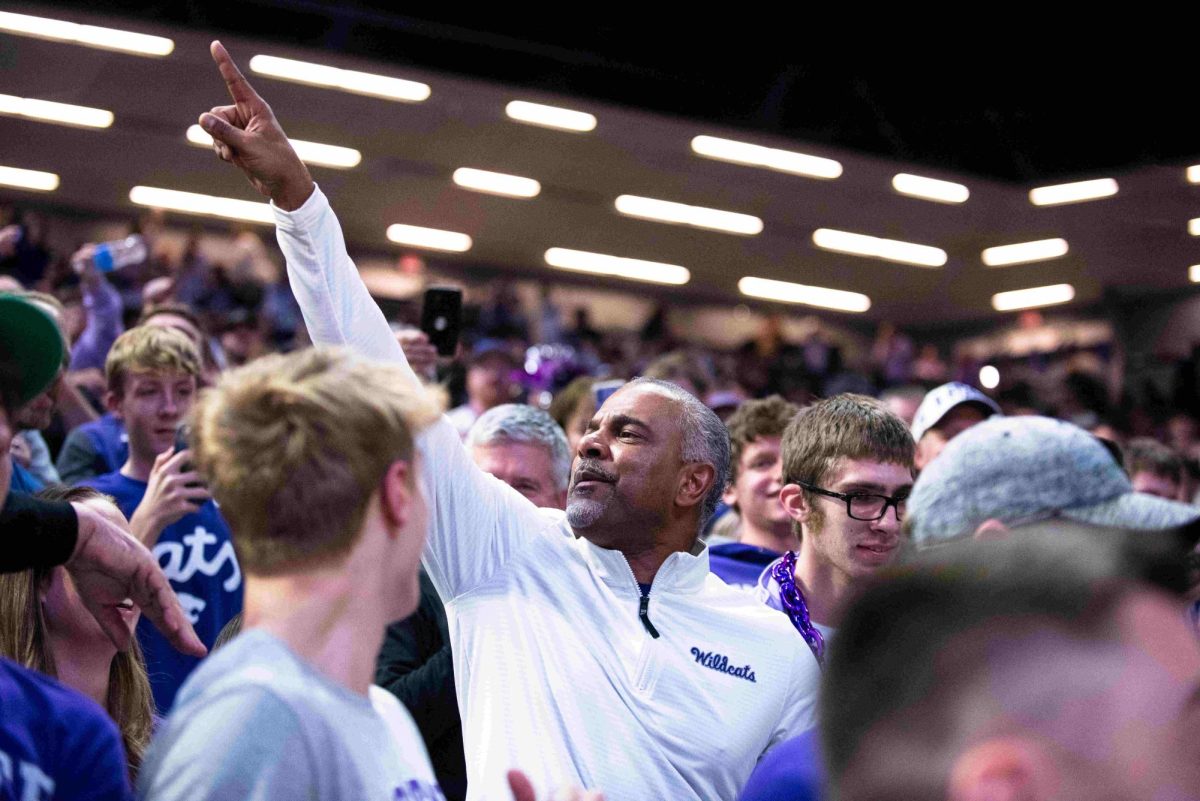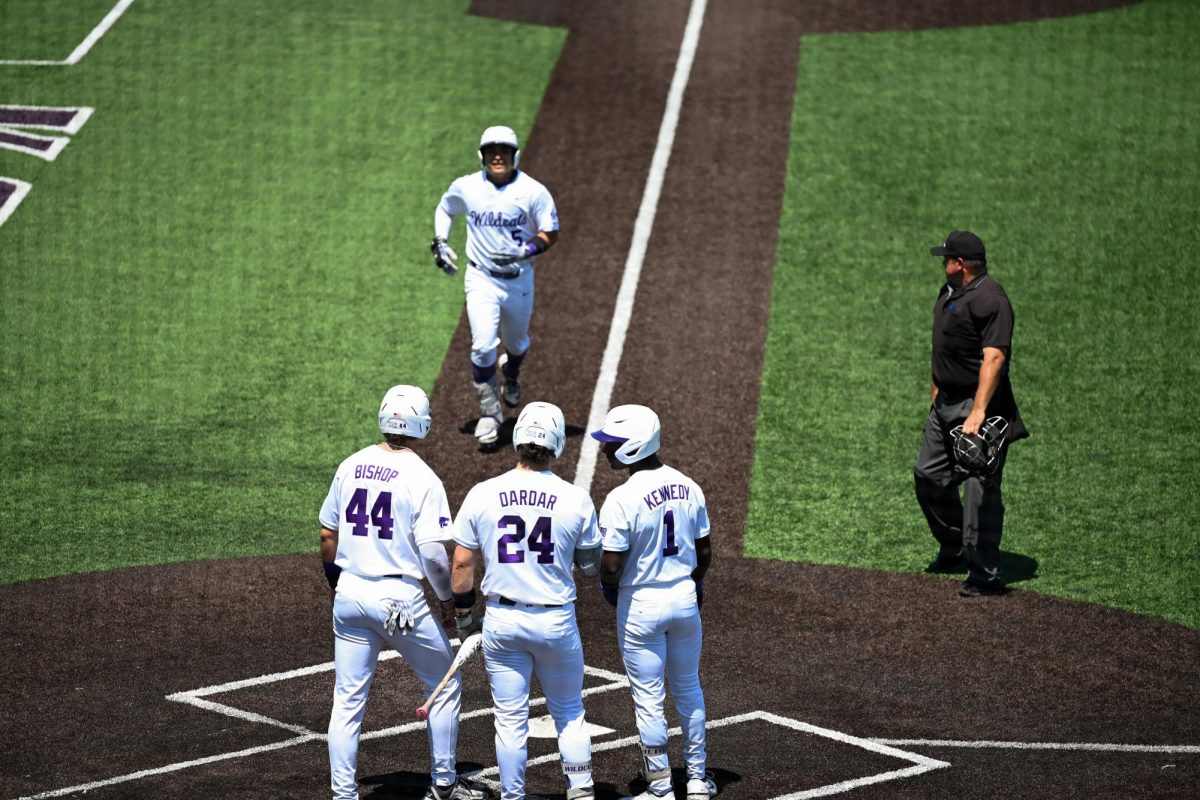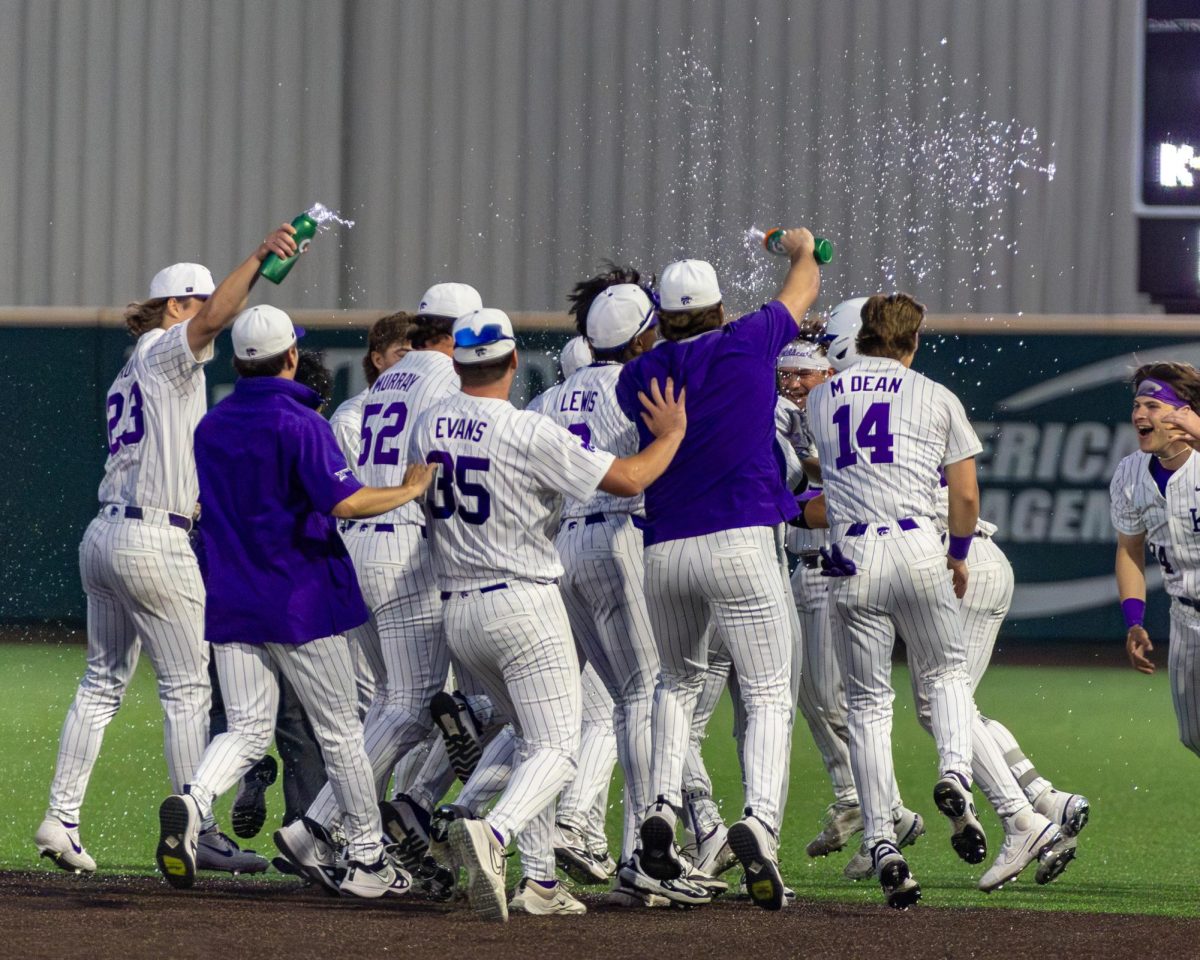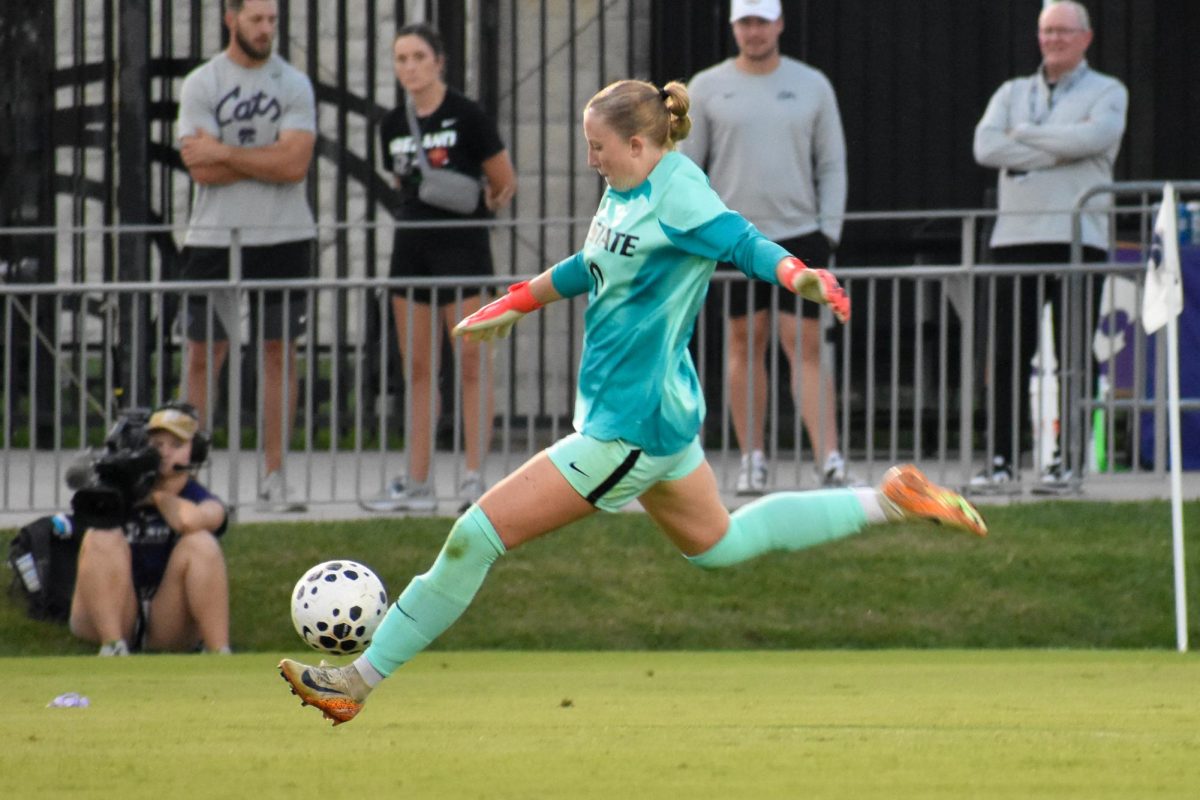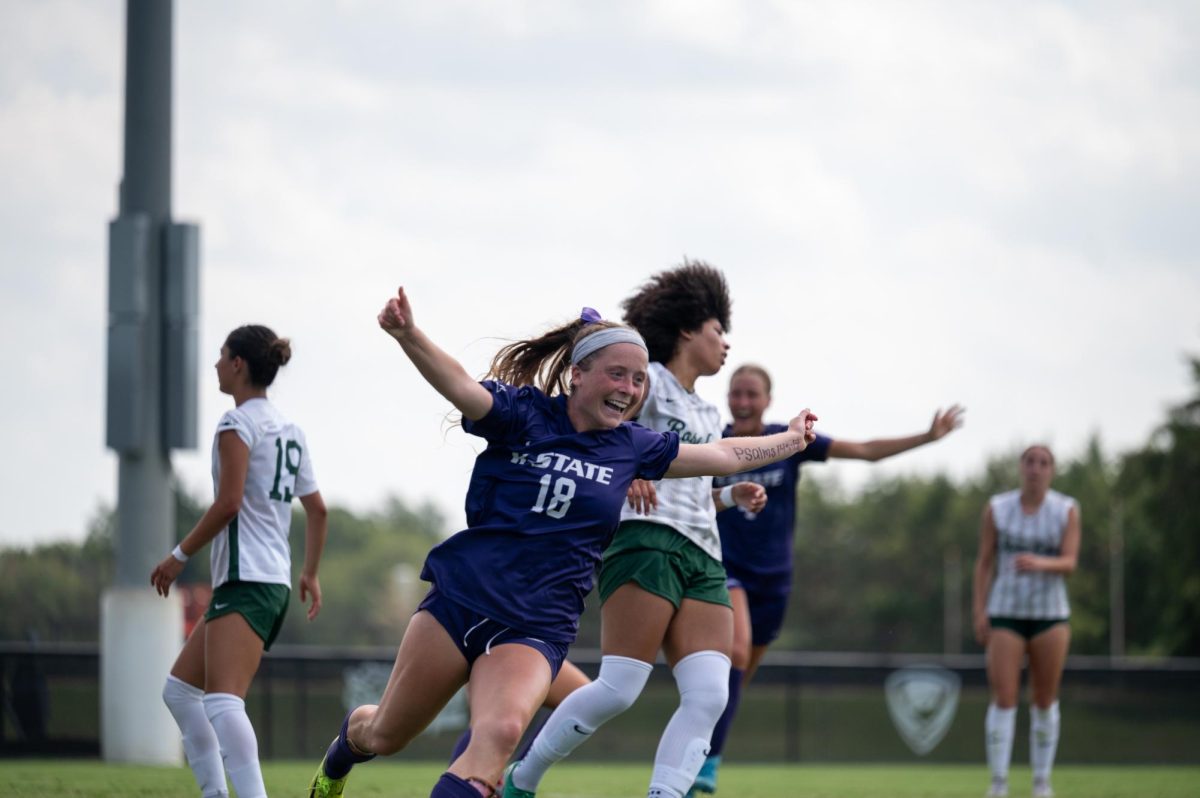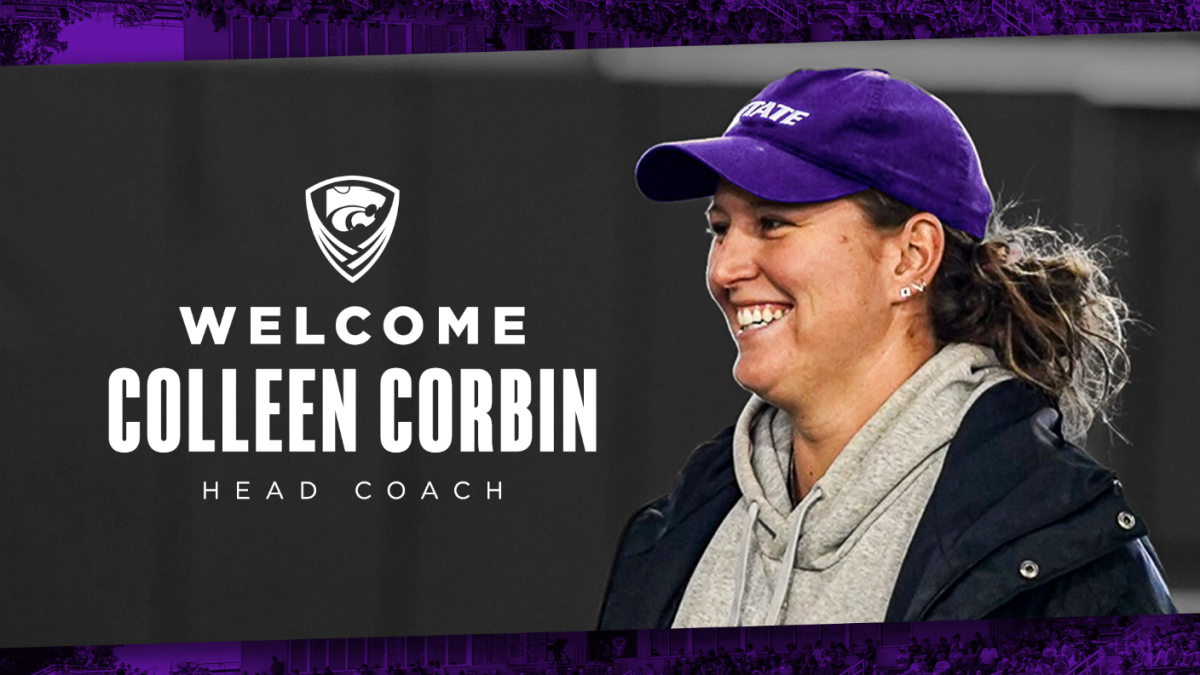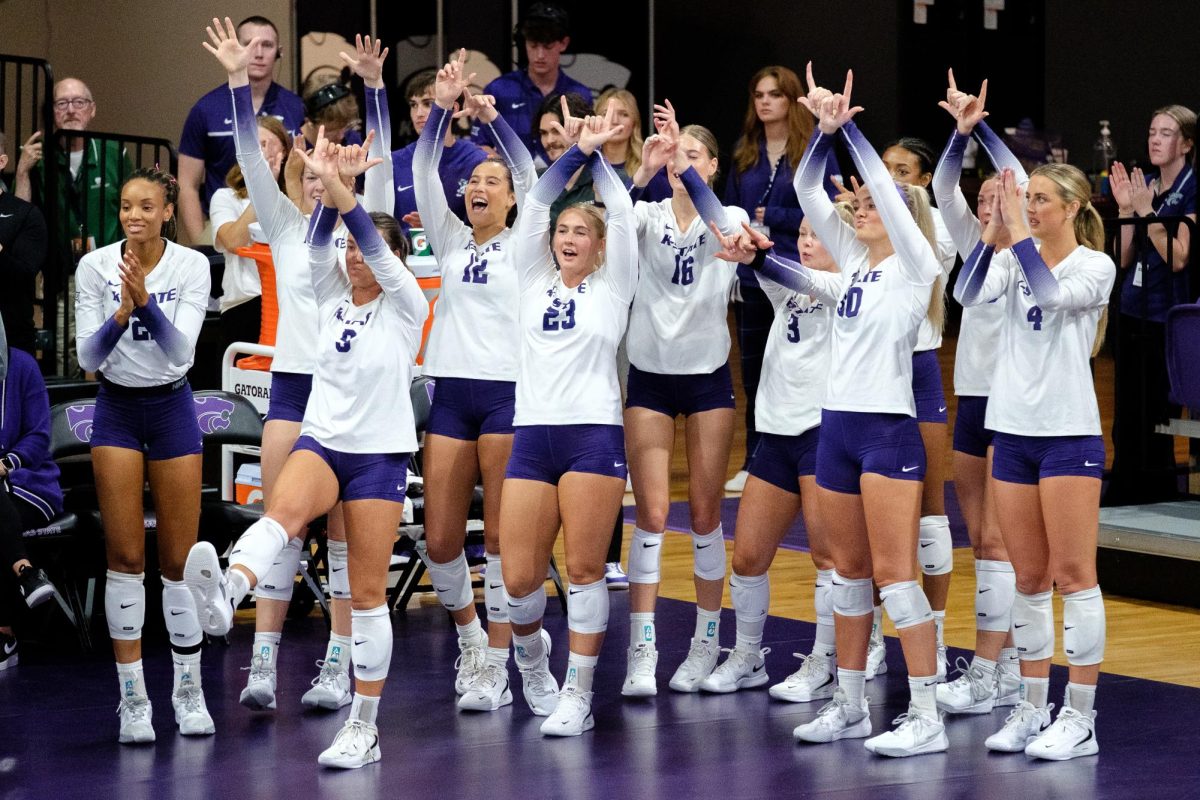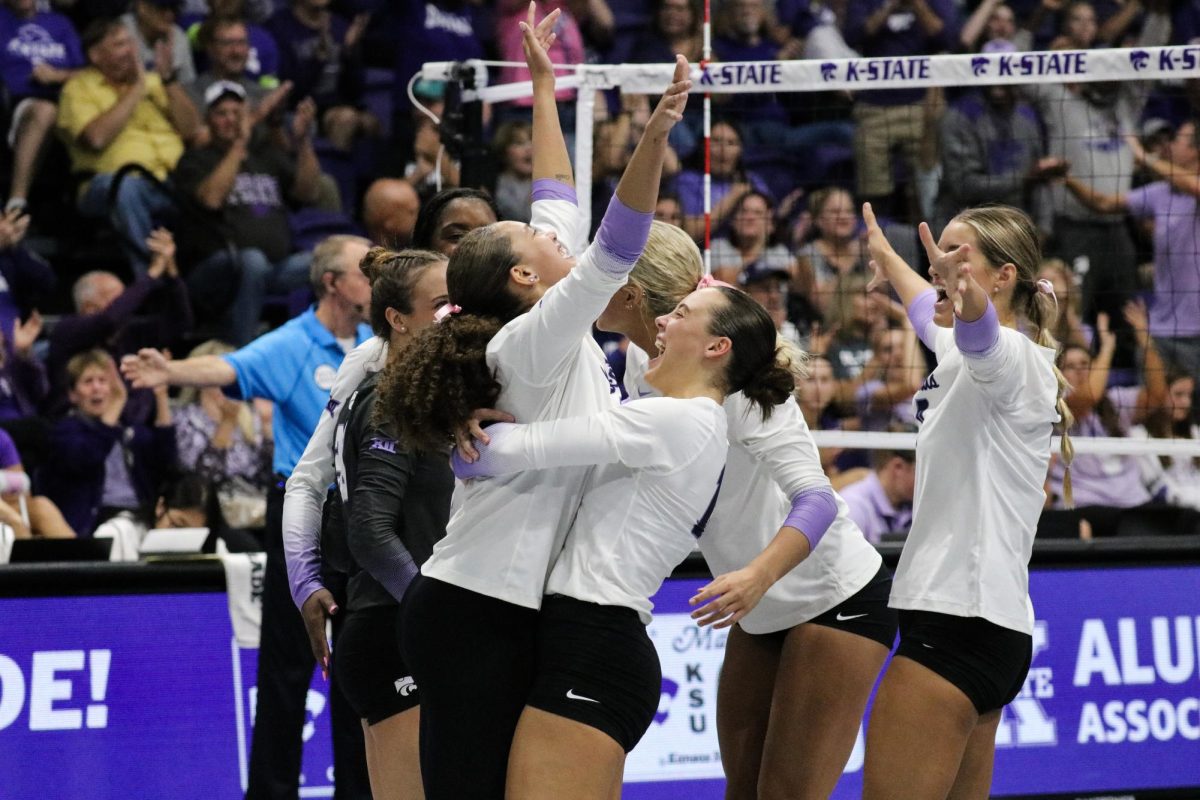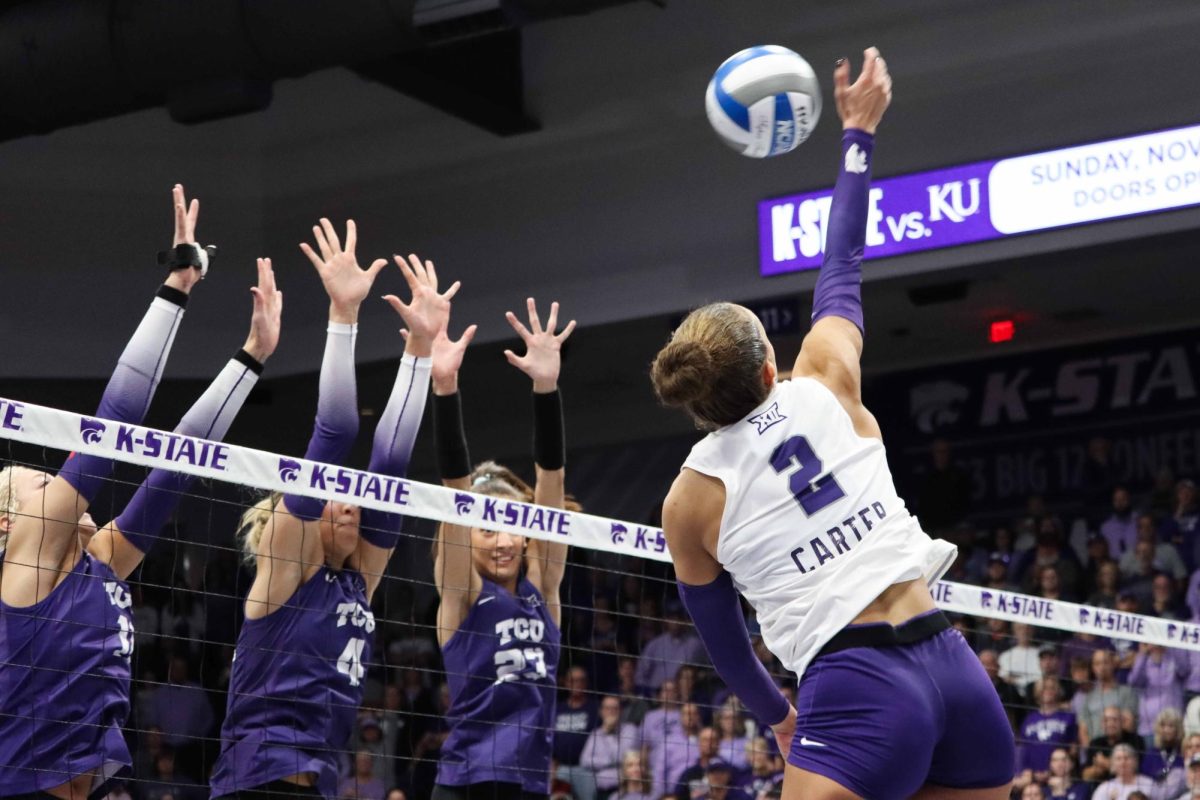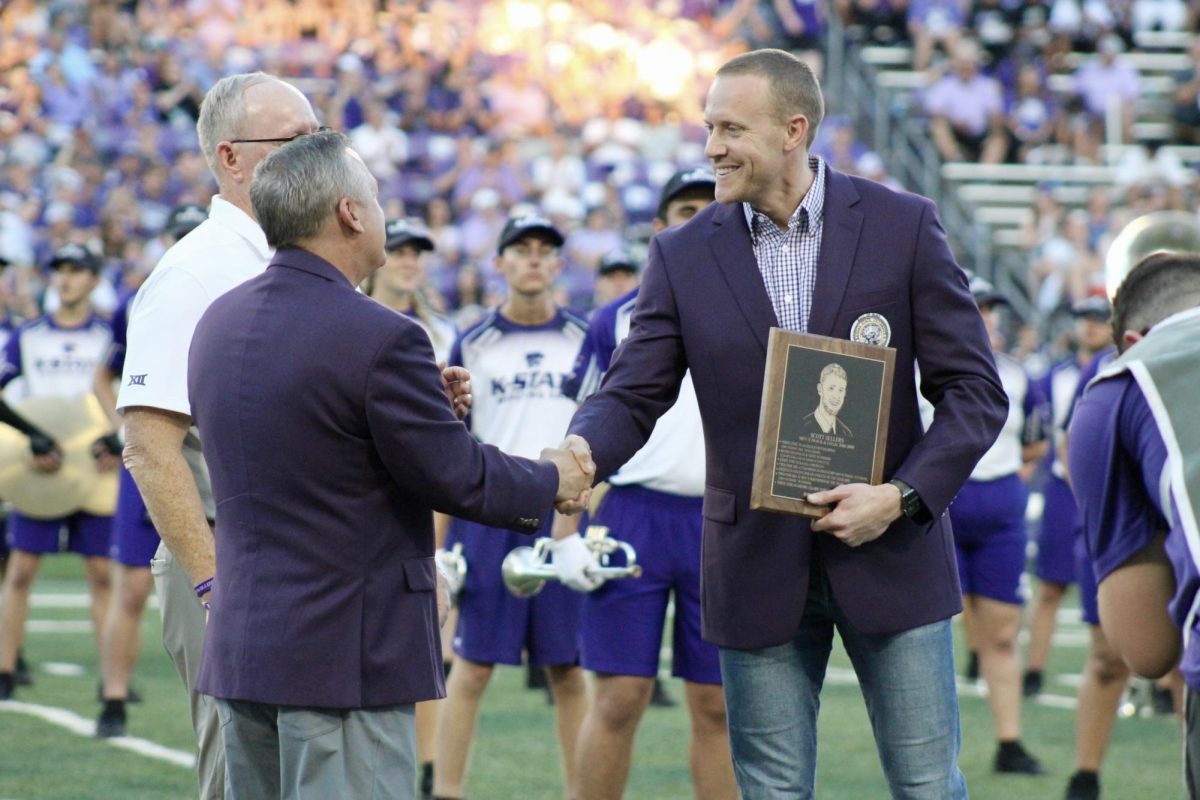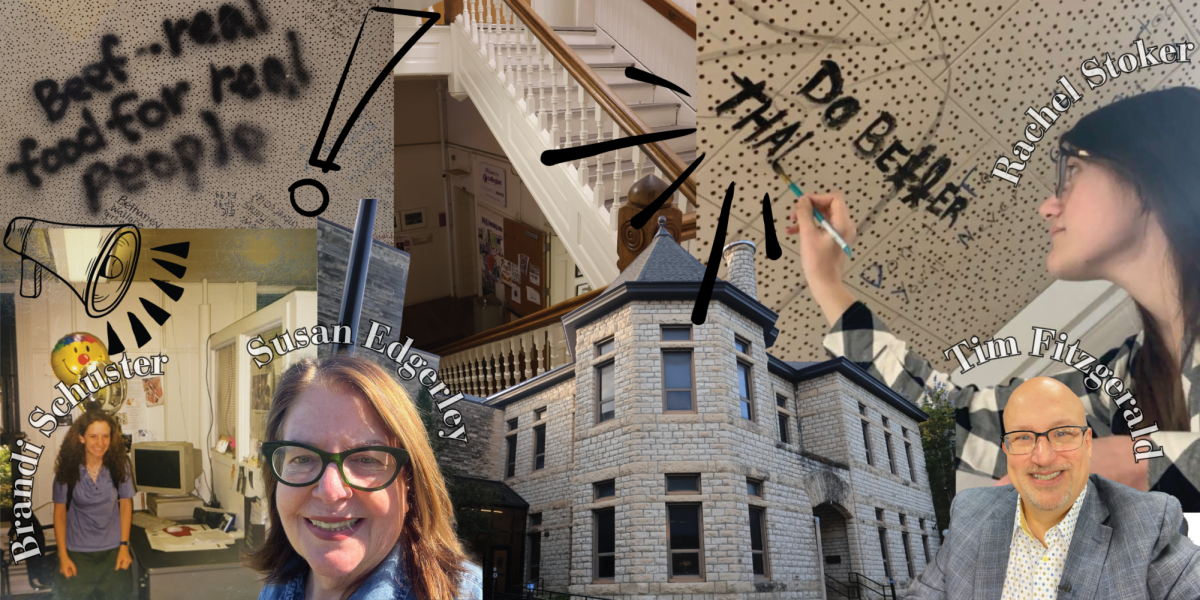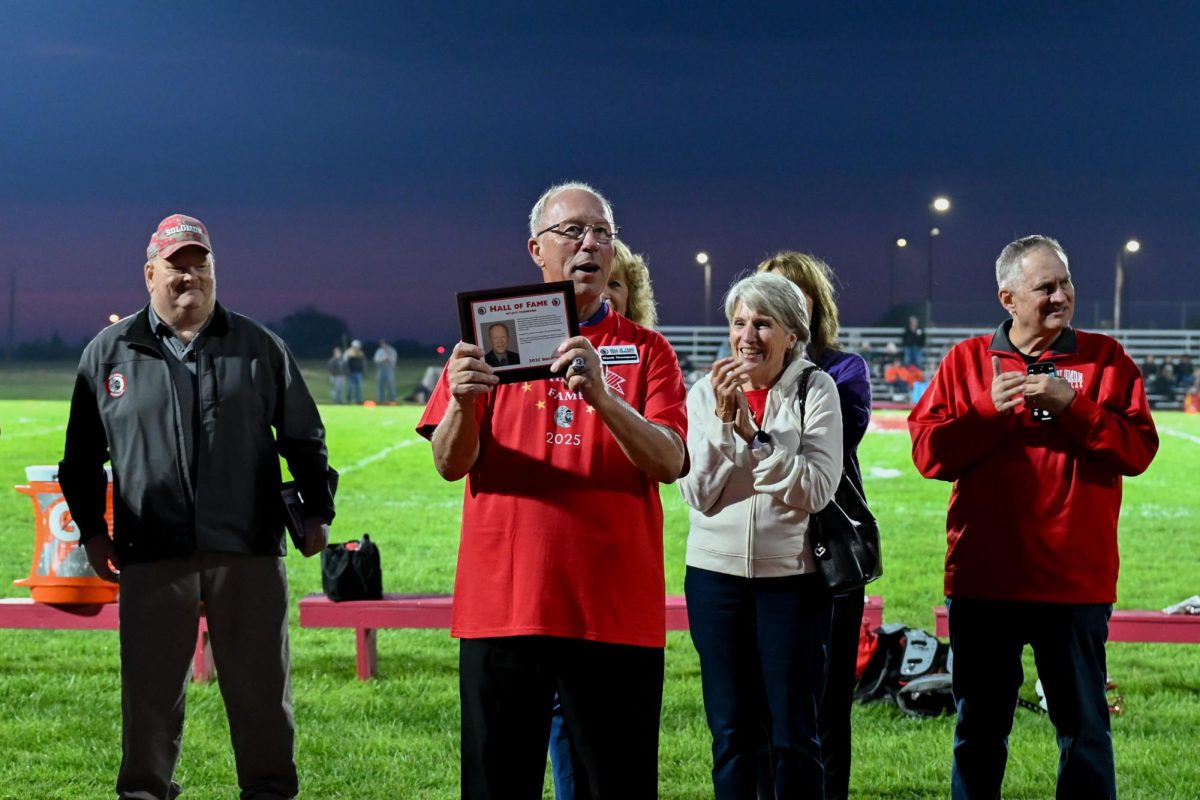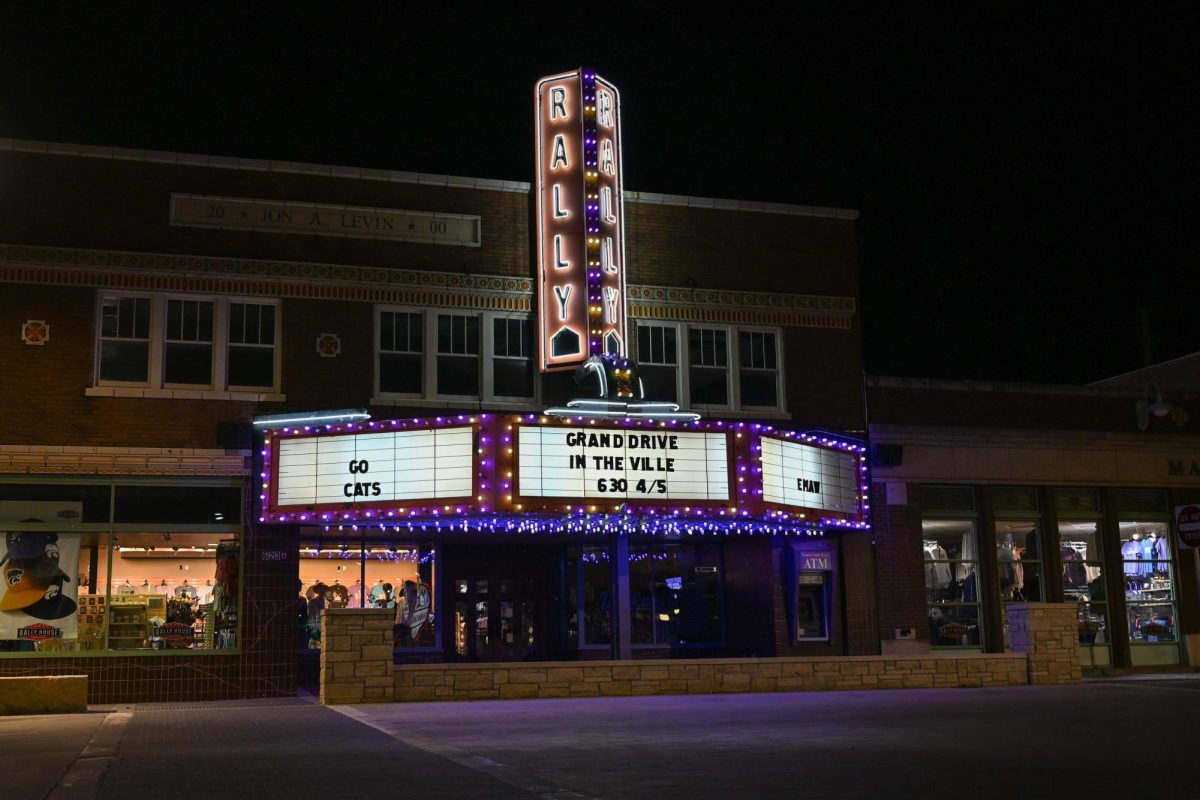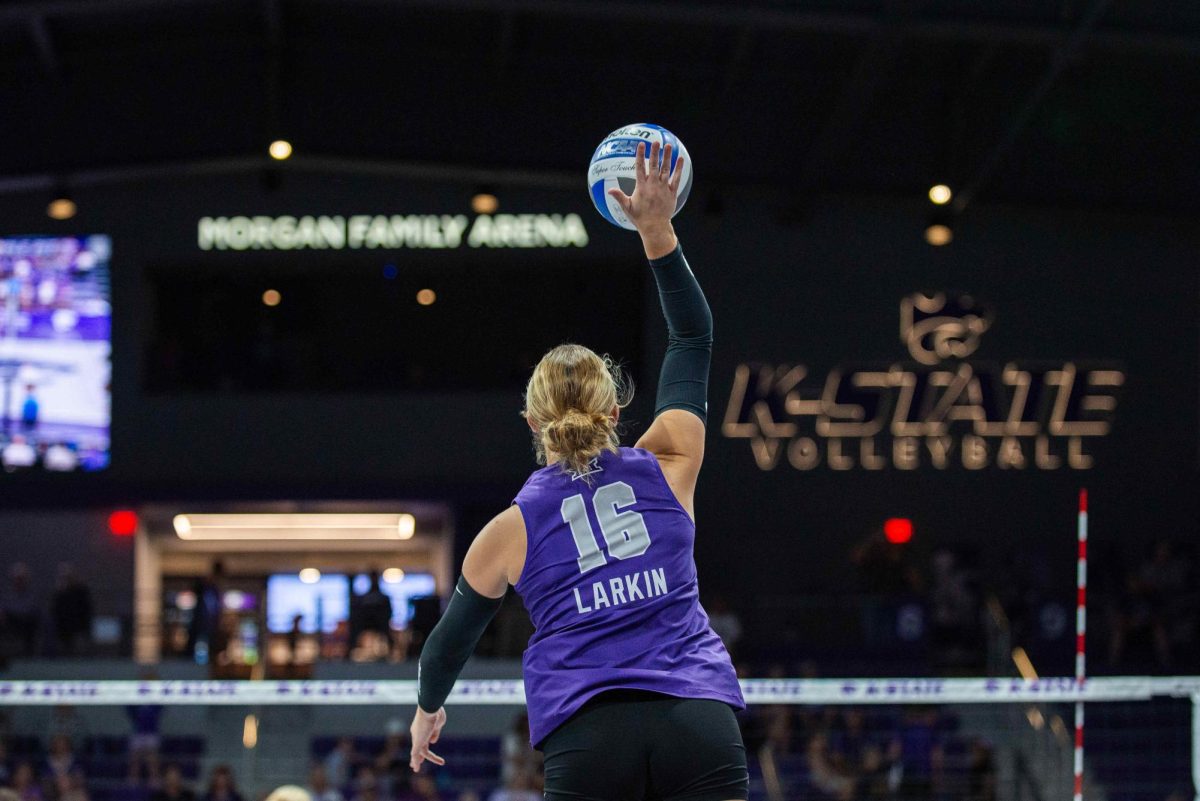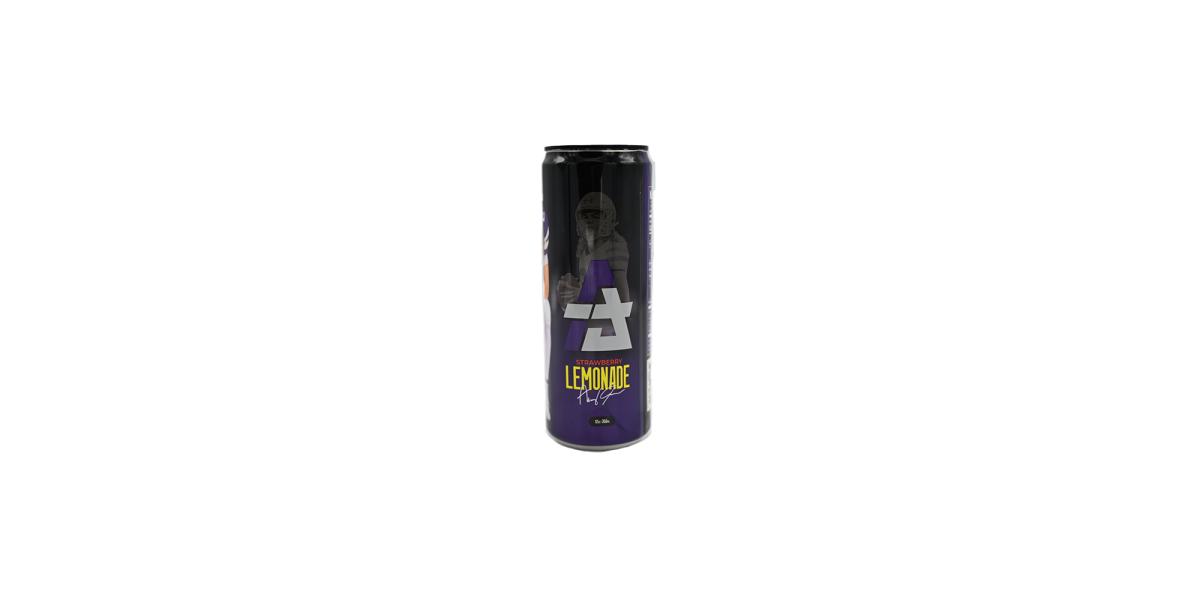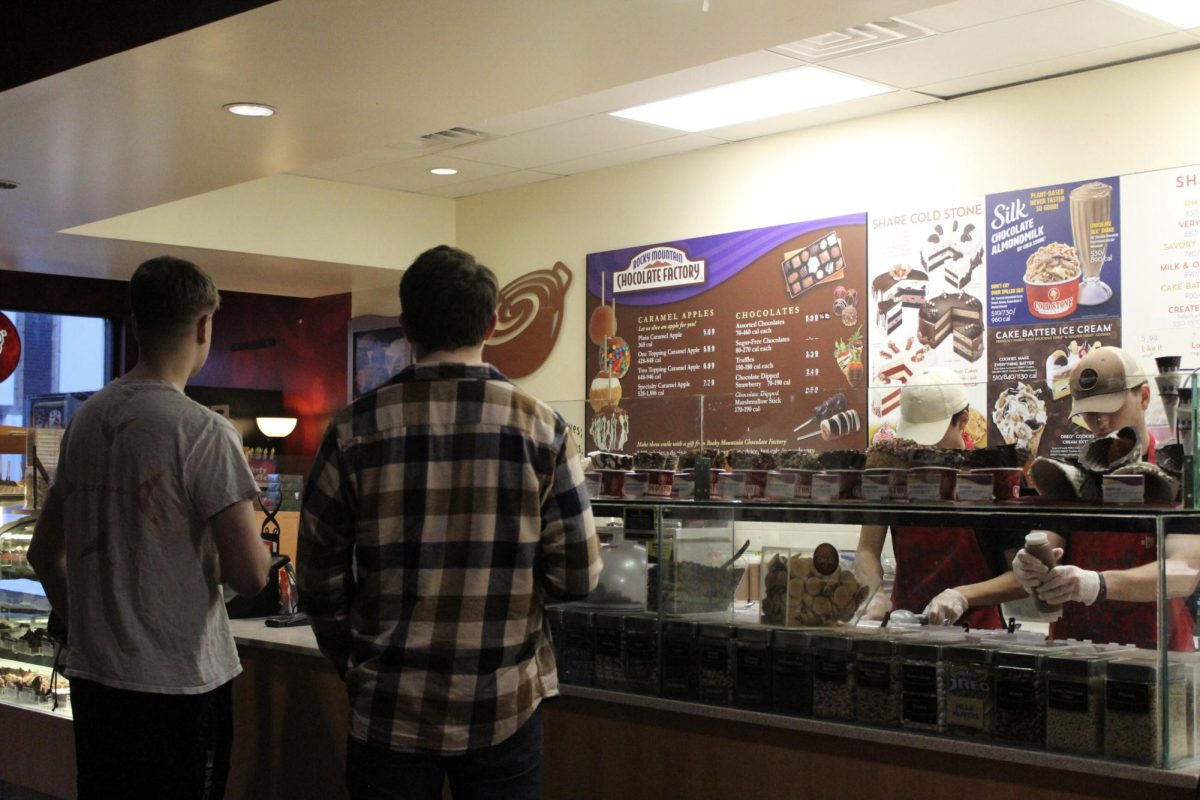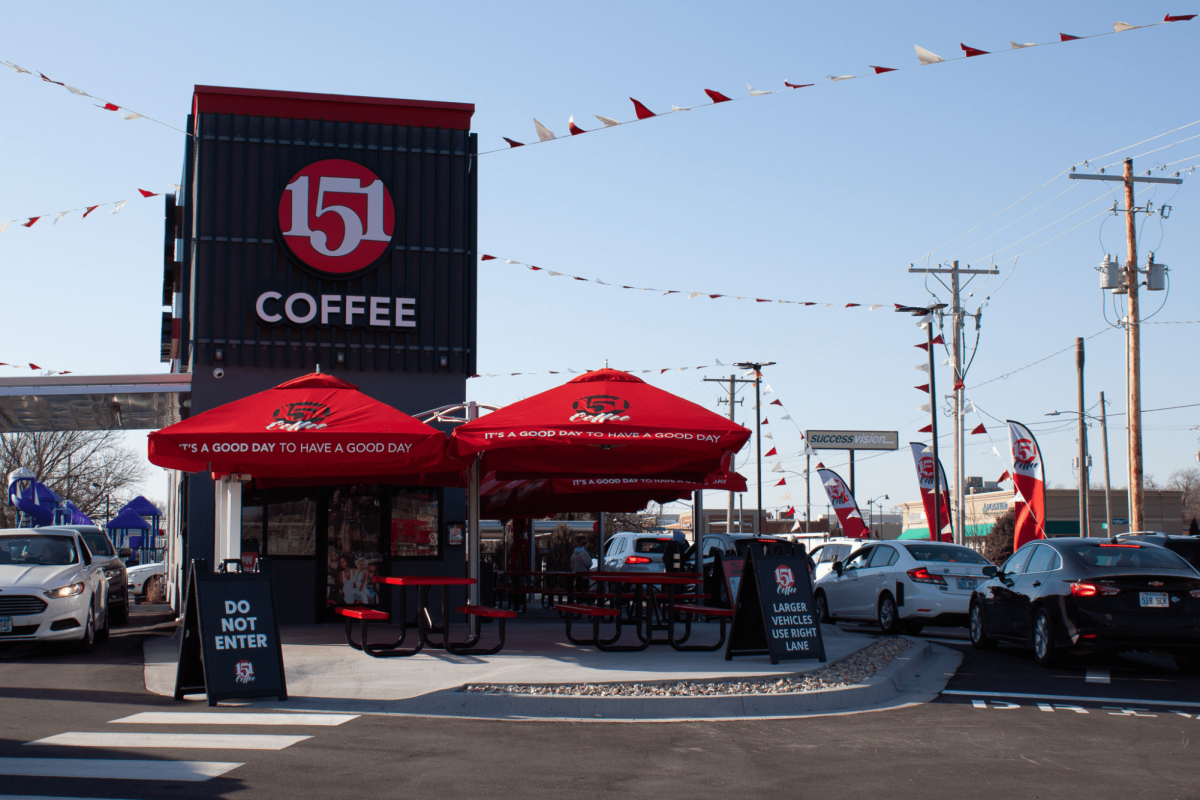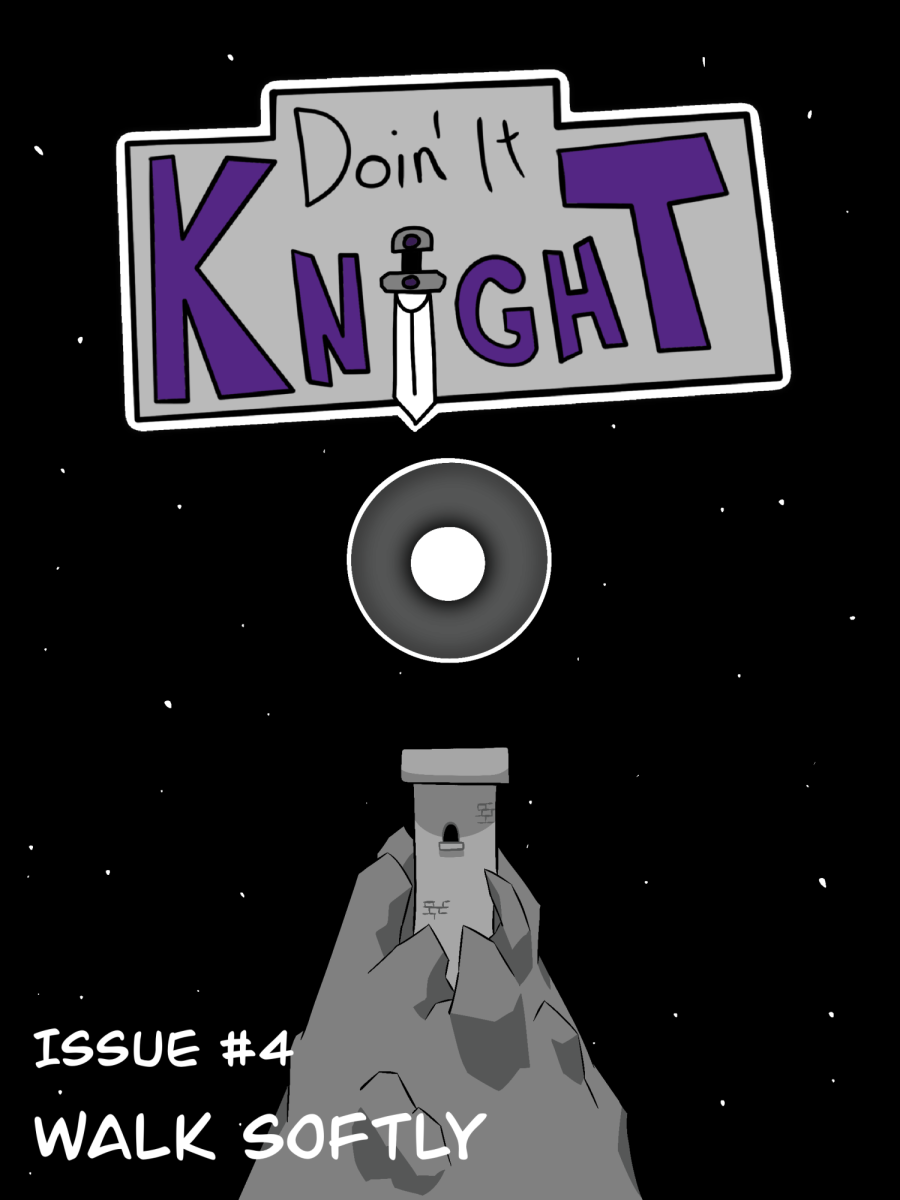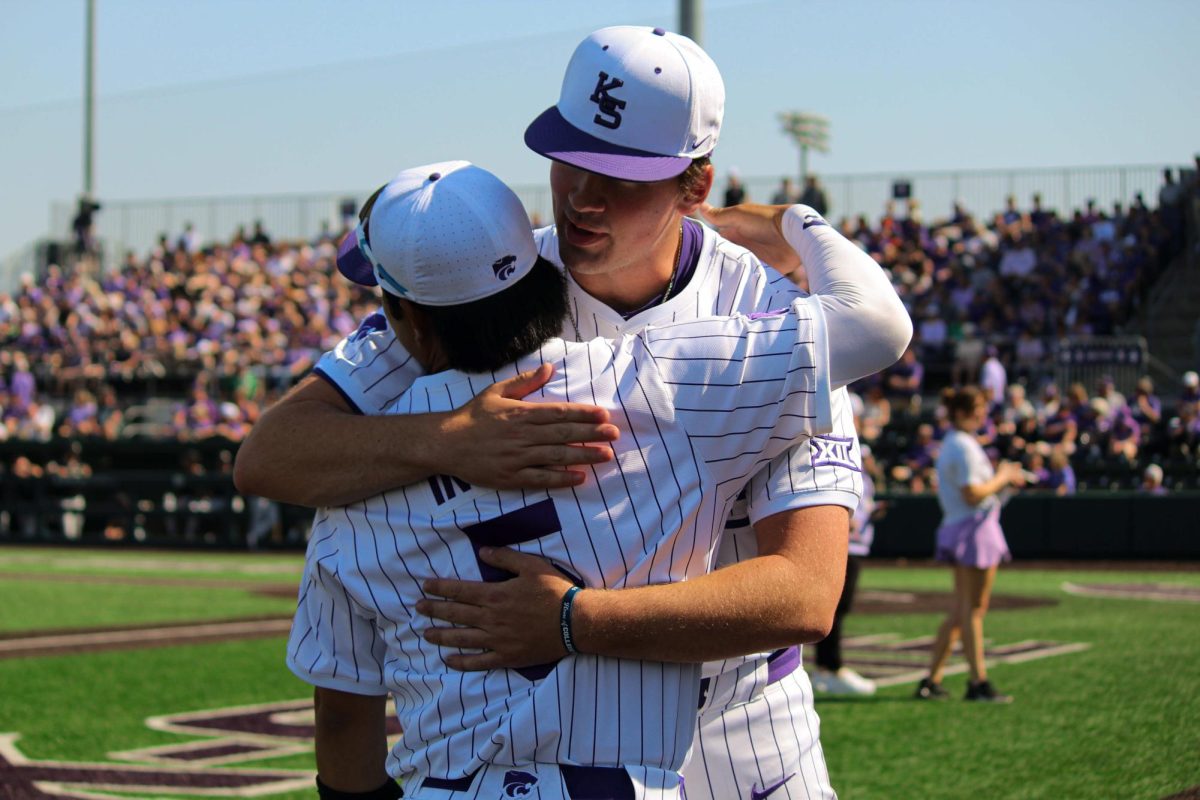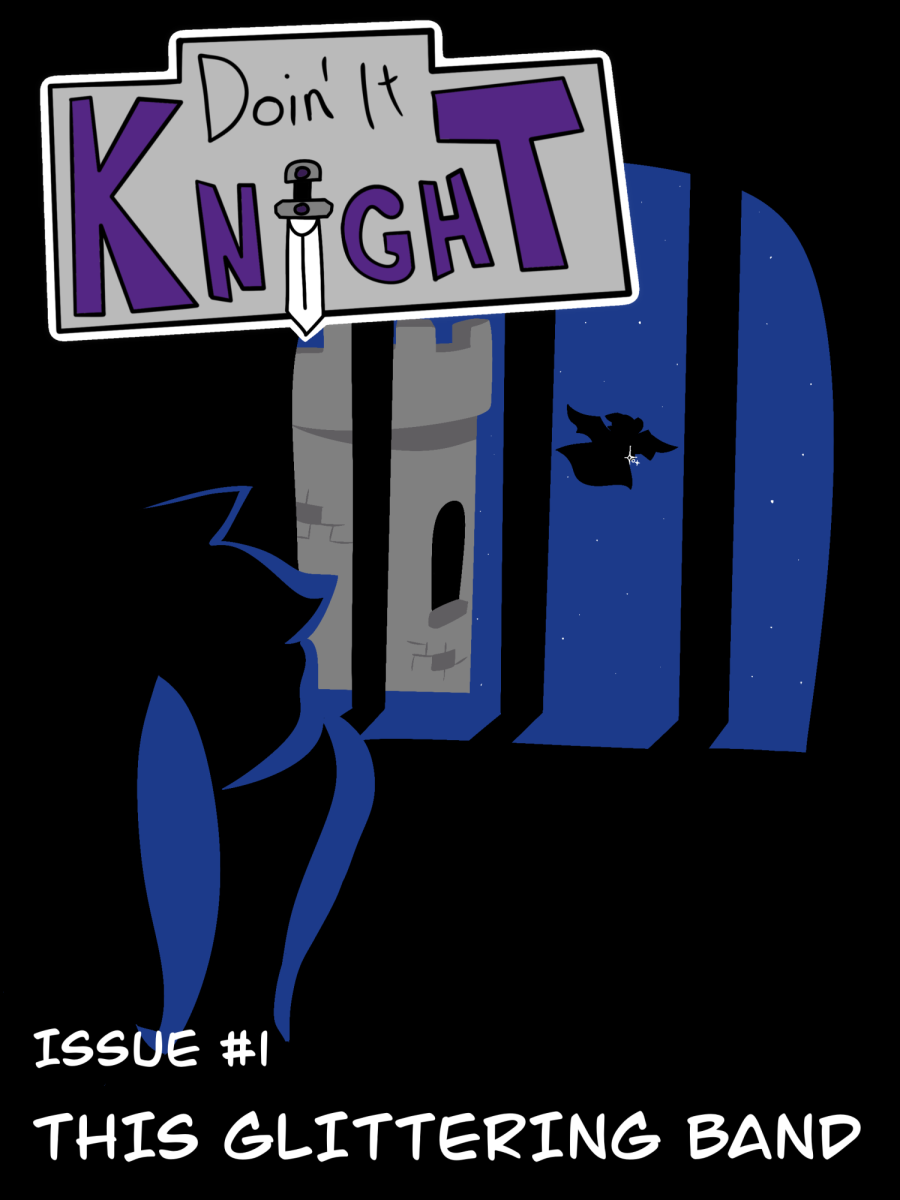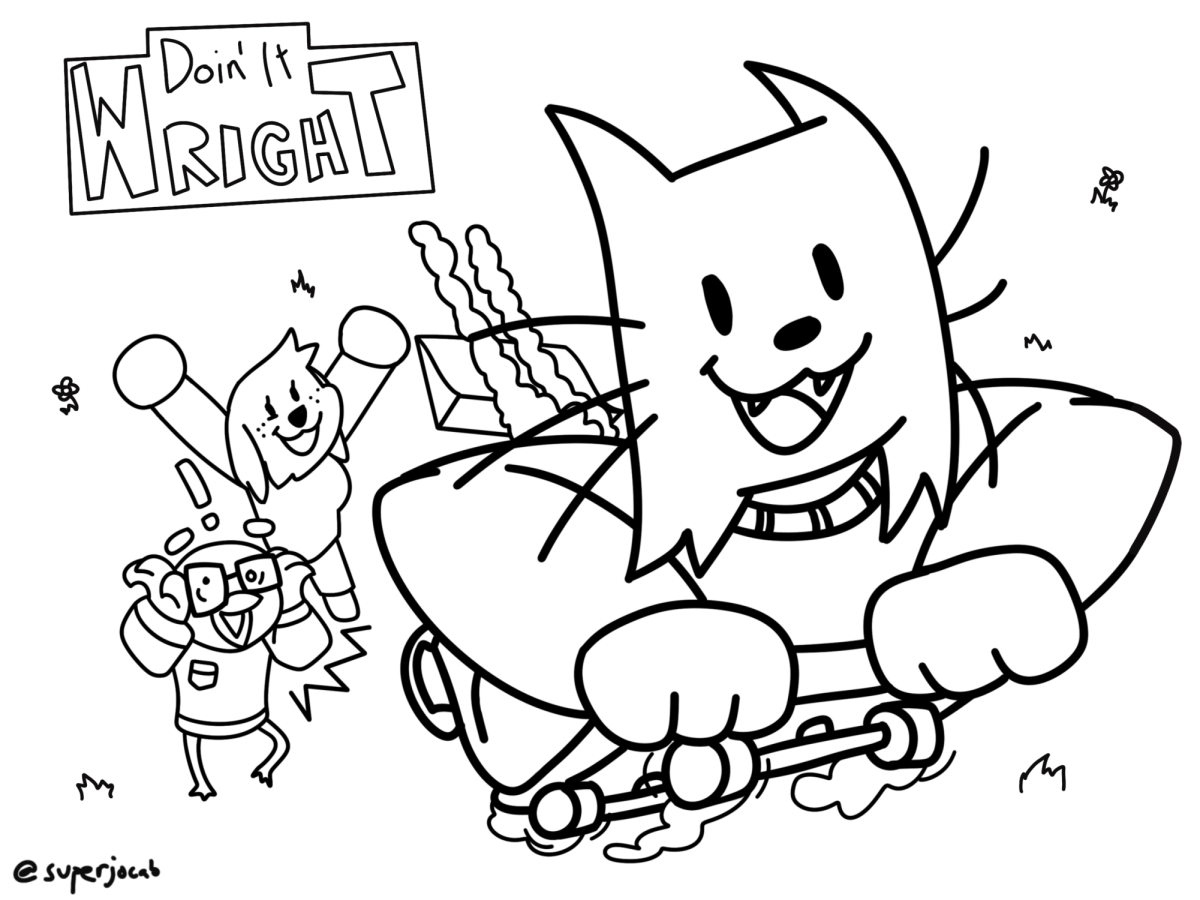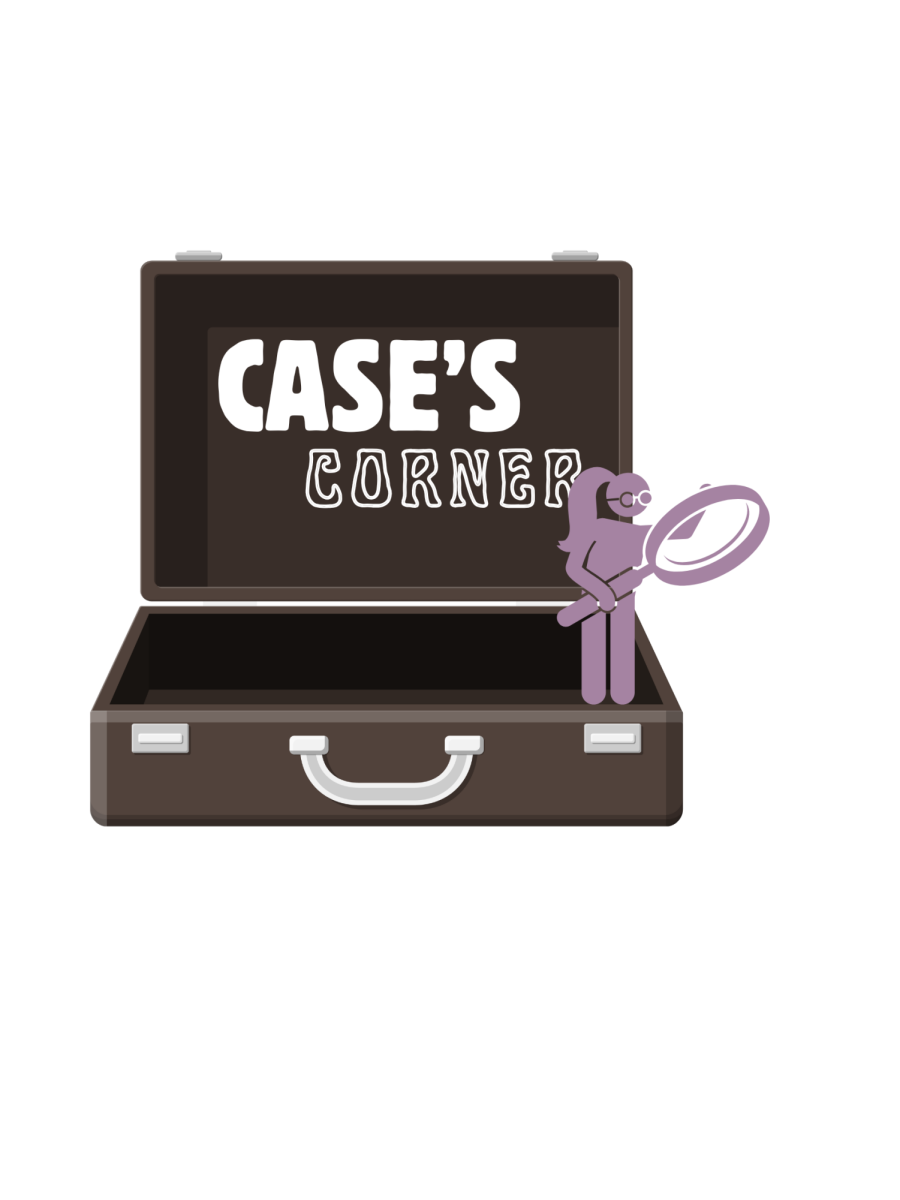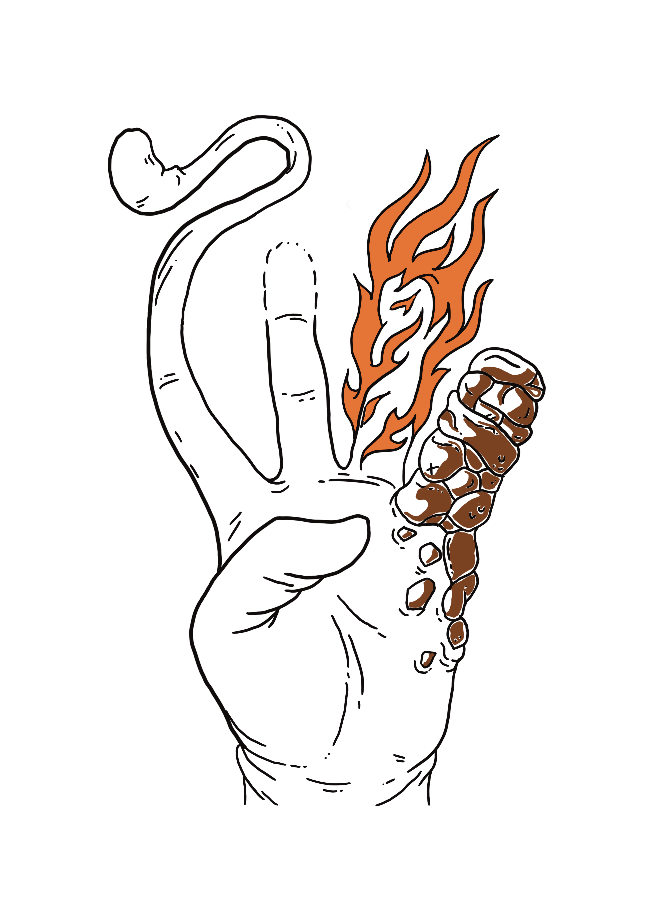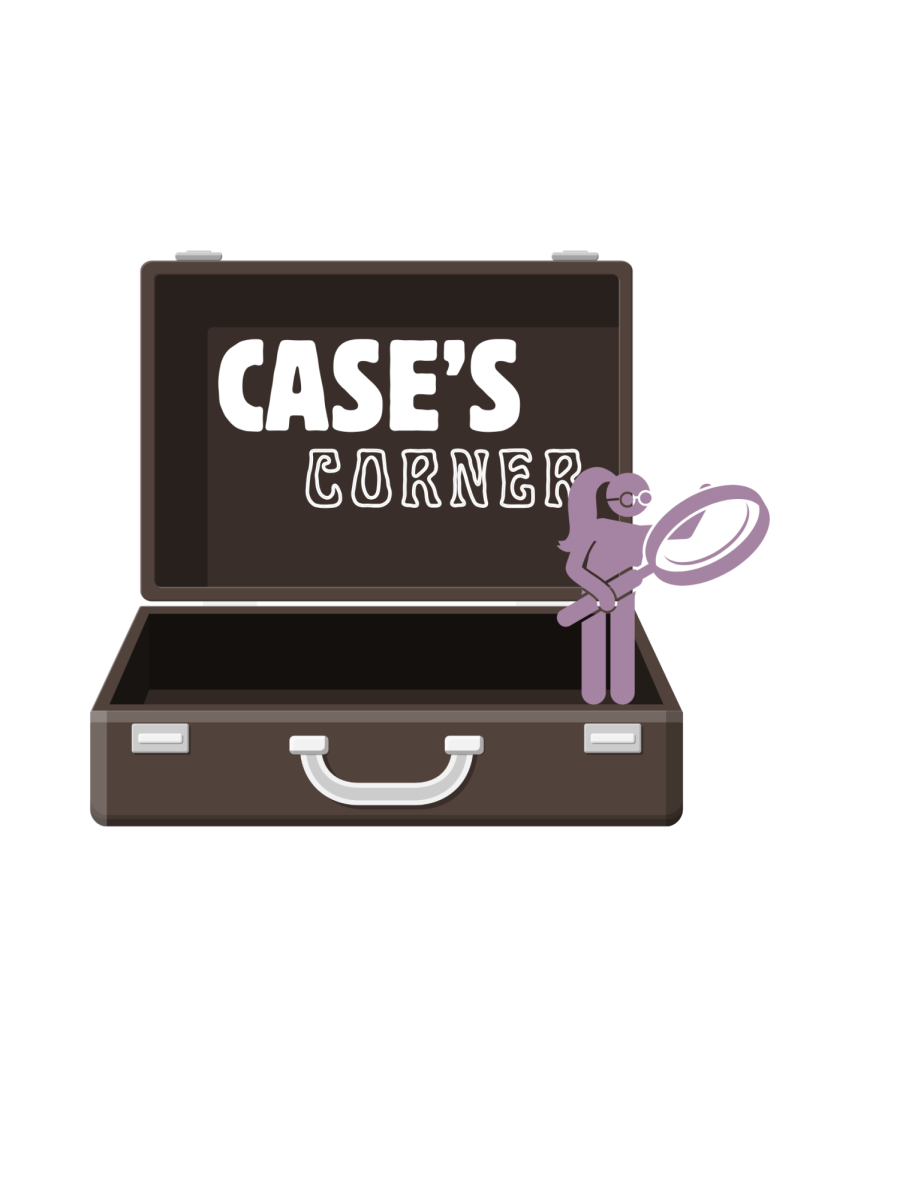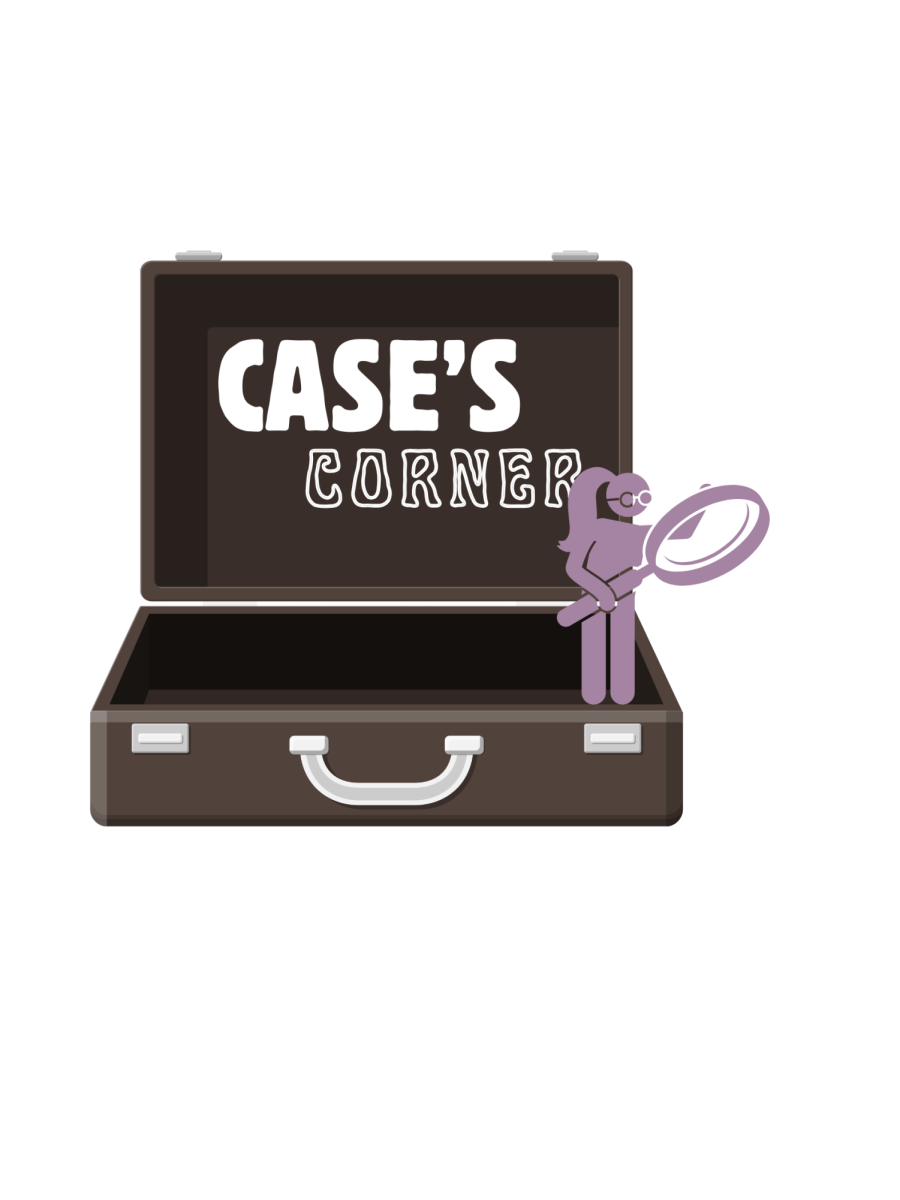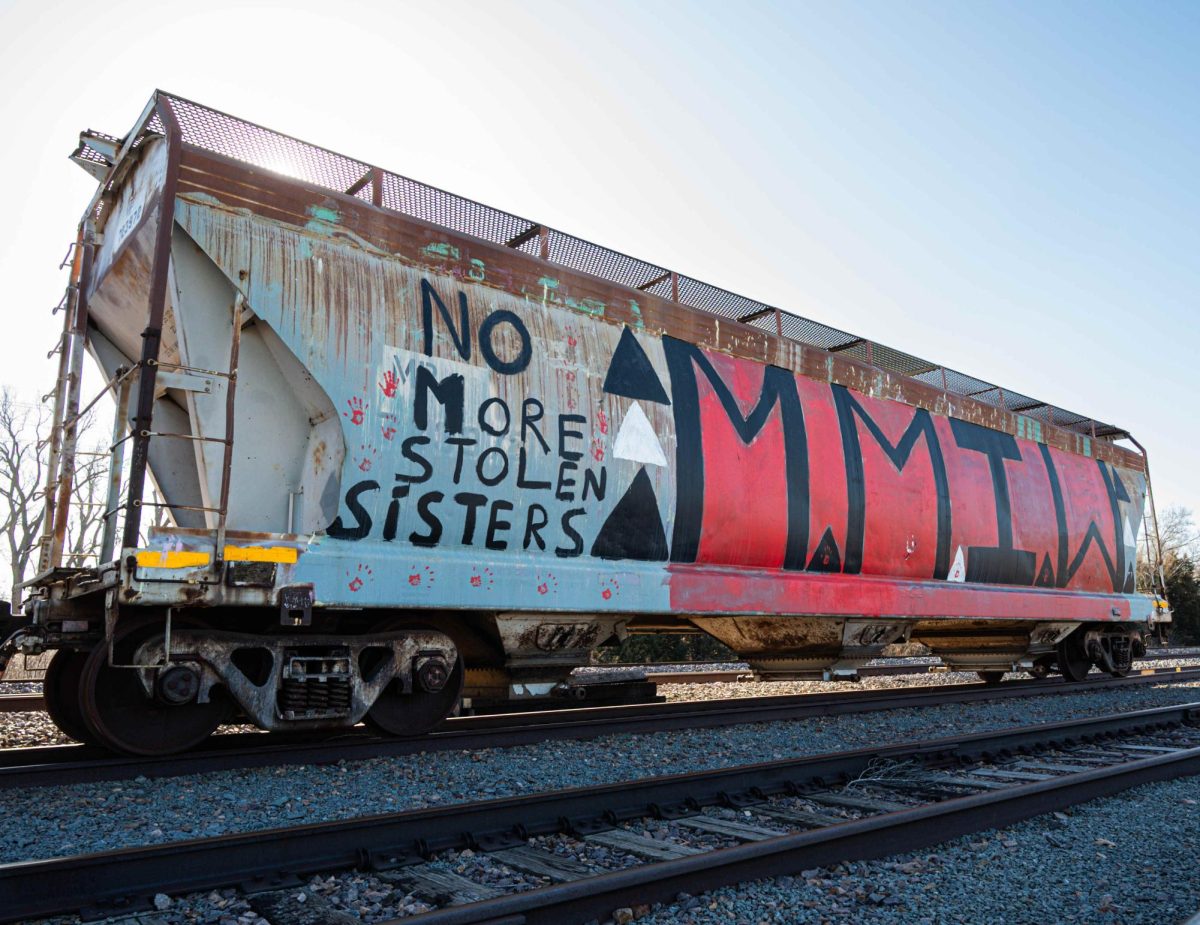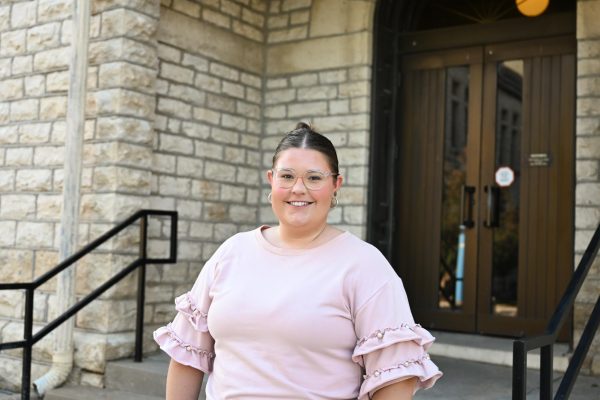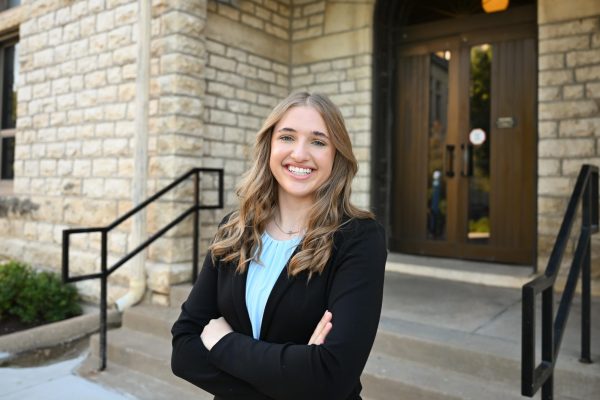A long line of cars no longer extends from the Starbucks parking lot into Bluemont Avenue. The intersection of Bluemont and Manhattan Avenue, former Starbucks employee Abby Meyer observed, is no longer a fender-bender waiting to happen, as police try to manage the caffeine-addicted locals.
Following an analysis of all North American Starbucks locations, 434 store locations, including the Bluemont Avenue one, were closed in a single quarter, according to Nation’s Restaurant News.
“We’ve looked at every coffeehouse in North America to see if each can deliver the kind of experience our partners and customers deserve, and thrive long term,” Brian Niccol, chairman and CEO of Starbucks, wrote in a blog post on Sept. 25. “In some cases, across the U.S. and Canada, the answer was no.”
Meyer wrote in an email to the Collegian that there were signs of the closing.
“I transferred from the store back in my hometown and, comparably, this store was not in the best shape,” Meyer wrote. “The store was not profitable; the daily sales did not support the daily expenses.”
Having not worked at Starbucks since last school year, Meyer then learned about the closure from a former coworker who is now in one of her classes.
“I definitely saw this coming and, honestly, I’m surprised it didn’t happen sooner,” Meyer wrote.
Behind the store’s poor performance was “terrible management.” This included managers asking employees to work while sick, toxic work environment and even a lack of proper training.
“It [management] was so bad that partners were getting overworked, sick from stress, expected to continue working even when they were sick, having an allergic reaction and more,” Meyer wrote. “The shift supervisors were trying their best, but our store manager created an environment that was incredibly difficult to survive and thrive in. Even before the closure, most of the partners there did not even get proper training when they started.”
Meyer describes the environment behind the counter as negative and unfavorable, making employees dread coming into work, afraid of what they would be criticized for during their shift.
“Many partners experienced burnout; people came into work knowing they were going to get yelled at by customers and nitpicked about drive-thru times, making people miserable,” Meyer stated. “The worst part was that no one knew how to fix it because no one in leadership was listening, and most partners didn’t have a strong enough training to truly know what they were doing.”
Niccol explained that Starbucks’ priority is humanity in a blog on the Starbucks website.
“Starbucks is a company built on human connection … and has been a core part of the Starbucks coffeehouse experience for decades,” He wrote.
Meyer argues the “Back to Starbucks” initiative is an excuse to justify the real issues that plague Starbucks.
“The whole ‘Back to Starbucks’ initiative is bogus and a distraction from the real issues,” Meyer wrote. “Yes, it would be fun to connect with customers more and help people have brighter days just by coming in and getting their coffee, but in reality, there is not enough support due to basic staffing challenges to uphold every expectation the higher-ups want.”
Connecting with customers is a mutual desire for employees and leadership, Meyer wrote, but it is hard to satisfy that desire when there is also pressure to meet other expectations.
“[Baristas] WANT to make those connections and it was one of my favorite parts of the job, but without enough people on the floor, we have to sacrifice those connections for good drive-thru times,” Meyer wrote in an email to The Collegian. “Store managers would often pressure us to get good times because the bad times would be blamed on the shift supervisors, putting them in a position to push partners to do even more than they were already doing, so it was a vicious cycle of not being good enough.”
Although she no longer works at Starbucks, Meyer takes part in several group chats that allow her to stay connected with coworkers.
“Most of the reactions [in the group chat] consisted of shock, confusion and a bit of panic,” she wrote. “With such little notice, a lot of people were questioning how they were going to pay their bills, get insurance and things like that. Only 2-3 partners got transferred instead of being let go or fired.”
Being such a large chain, Meyers said Starbucks remains a profit-focused and motivated entity. The attempt to shift that focus to more connections with people shows how removed the Starbucks executives are with the community.
“In the end, it makes the partners more stressed, and the drinks take longer to get to the customer, so while the concept is a good one, the execution displays ignorance,” Meyers wrote.
Meyer said though she has fond memories with coworkers, she ultimately doesn’t support the company due to unfair treatment from management.
“I have great memories of mornings where we would be singing during the busiest part of the day since three of the partners were classically trained singers, and when customers would come in they would love to see us having fun,” Meyer wrote. “[Starbucks is] a massive company that notoriously doesn’t listen and treats their partners terribly and punishes partners for trying to push for better conditions.”
The Collegian requested management contact information from former employees after the location shut down, but the request was declined and a manager could not be reached for comment.





